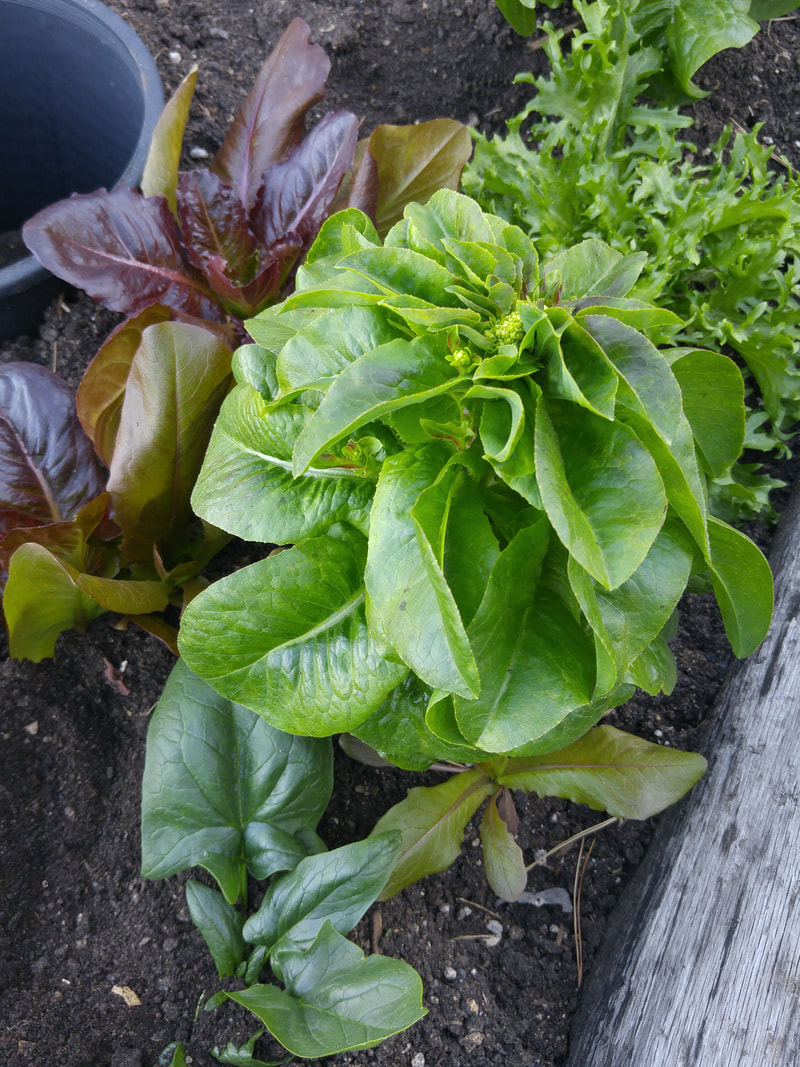 As lettuce stem begins to elongate, and flower heads develop, be sure to taste a leaf from each plant before harvesting for your salads. Each plant - even in the same varieties - will develop its bitterness at a different rate. When it's too bitter for you to enjoy, either pull the plant or let it devlop its seeds so you can harvest them later this summer when the plant is crispy dry. | Painted Lady Butterflies Galore! While waiting at a stoplight in Eagle Rock a couple of days ago, I finally focused on all the little brown "leaves" fluttering past my windshield, recognizing them as Painted Lady butterflies. As I waited for the red light to turn green, I counted about 75 of them and then estimated that at least another 50 had drifted by before I'd become aware of them. For the next mile or so I continued to drive on city streets, more kept fluttering by. Wonderful wildlife from our very own deserts, heading north! Daylight Savings Time Somehow the shift to Daylight Savings Time makes my internal gardening clock feel “correct” since it’s still light at 7pm. By “light” I mean that there’s sufficient glow that I can still tell the difference between weeds and non-weeds. That's when I know to stop pulling them! Fragrant Freesias The other normalcy for me at this time of the gardening year is when the freesias begin blooming. With all the clear colors so vibrant in the sunshine, my very favorite is still the species freesia, the one that’s creamy white with yellow throat and marvelously fragrant. That’s the one that I make sure is planted near walkways so I can smell them as I pass by. Alstroemerias Are Starting One particularly striking alstroemeria has already been blooming for almost a month. Other colors will begin their displays through the months, finally quitting during summer’s intense heat. Their "finger" tubers make them easy to transplant and thrive - sometimes too well -- so that's when I share them with friends. Some Veggies Bolting Some of the veggies that we’ve been eating since October are starting to bolt – go to seed – spurred to this hormonal change because of the increasing amount of daily sun and air temperatures approaching the low 80s. This change is unavoidable and can’t be stopped, but some salvaging of edible parts can be accomplished for some of them. Lettuce Your cue is the lengthening stem. Rather than immediately harvesting the individual leaves, taste one from each plant. If it’s bitterness isn’t yet distasteful to you, go ahead and harvest that plant. Even with several plants of the same variety, this change will be distinct for each plant, so taste each one first. You can displace the slight bitterness by submerging the harvested leaves for about 20 minutes in clear water. The bitterness will leach into the water and be displaced by fresh water that will also crisp up the leaf. Pour out that water, and refill the container for another 10 minute soak. Then drain the lettuce and package in a ziplock plastic bag. This refreshed lettuce will remain crisp for at least a week. Bok Choy Interestingly, the stem of the bok choy is sweeter than the leaves, so you can cut off the stem at the base of the plant and eat it. More leaves and stems will emerge from the base for you to continue harvesting, even as more bloomstalks develop. Cilantro and Parsley Cilantro is much more sensitive to air temperatures than is parsley, so keep sowing more cilantro about every three weeks to assure a continuing harvest. Cilantro and parsley that’s sown now will thrive through at least May, if the weather doesn’t warm up too suddenly. Bloomstalks of both cilantro and parsley are inedible, but you can salvage the individual leaflets for at least a bit of harvestable foliage per plant. Peas Bolting is, of course, just what we want with peas, since we relish the fruit pods. But, do also consider the tender leaves, about the last six inches developing on the vines. March Garden Tasks For more to think about doing this month, see March’s Monthly Tips. |
|
4 Comments
|
Categories |

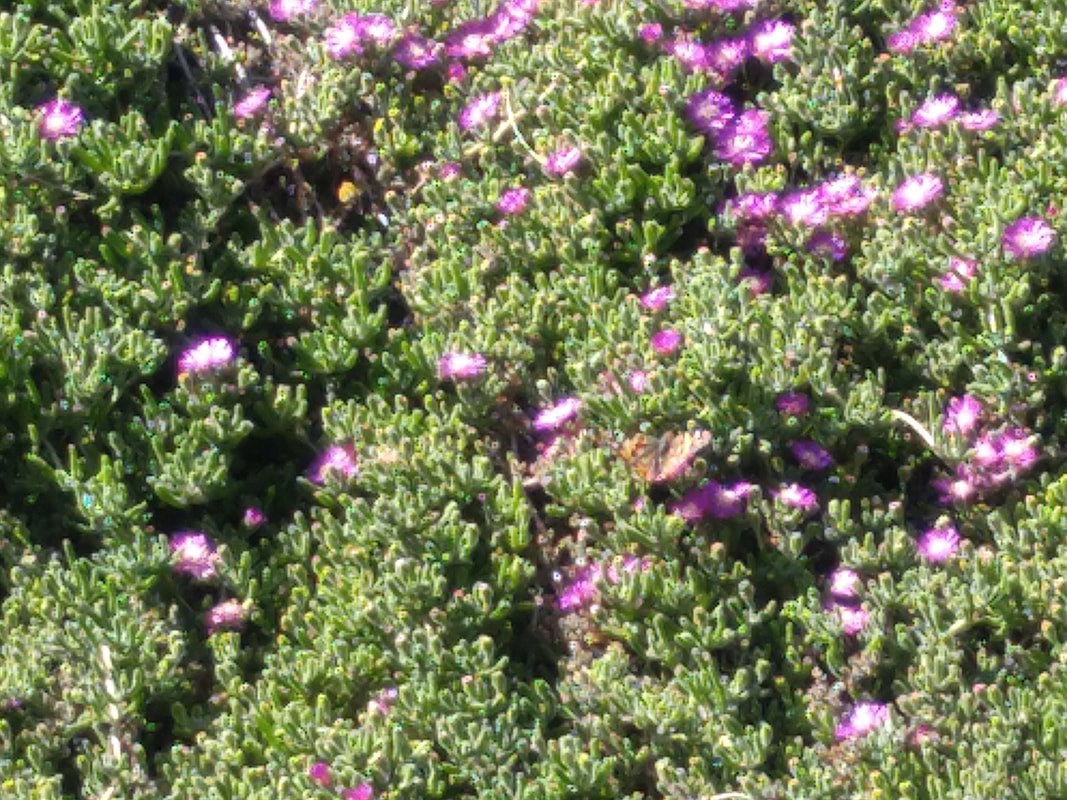
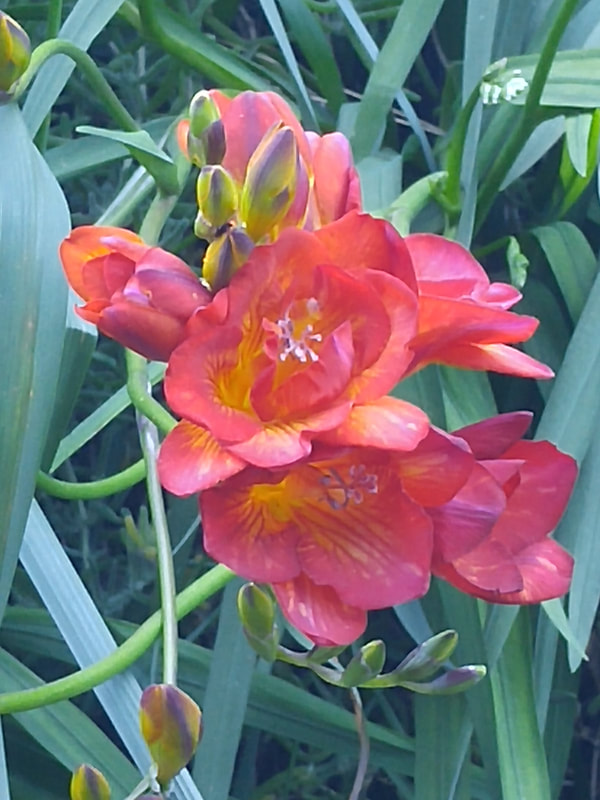
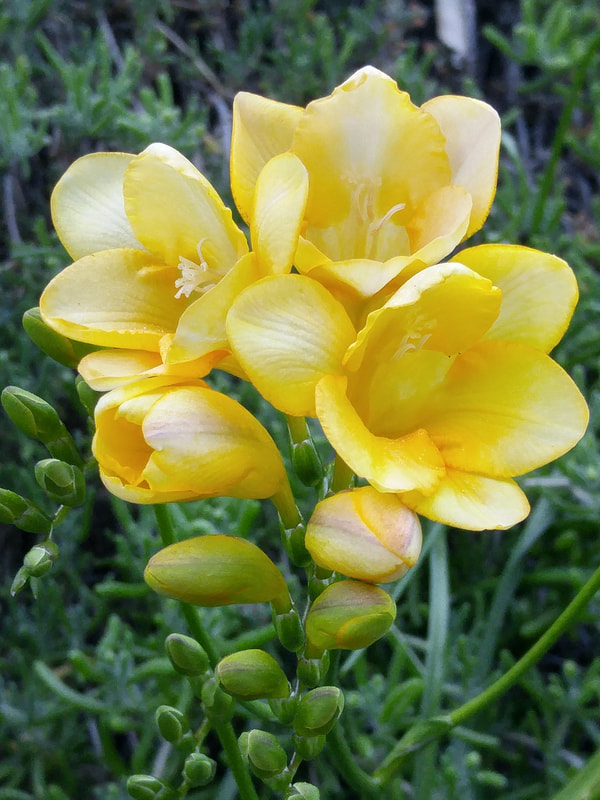
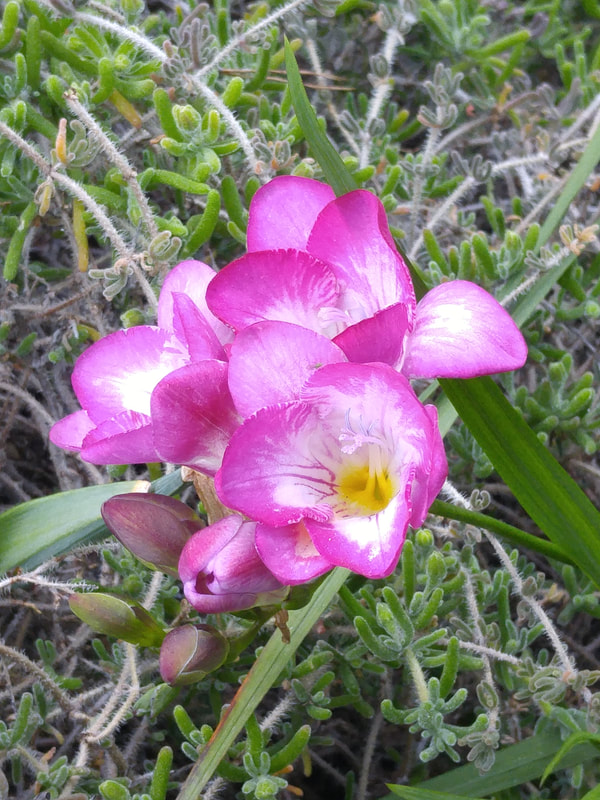
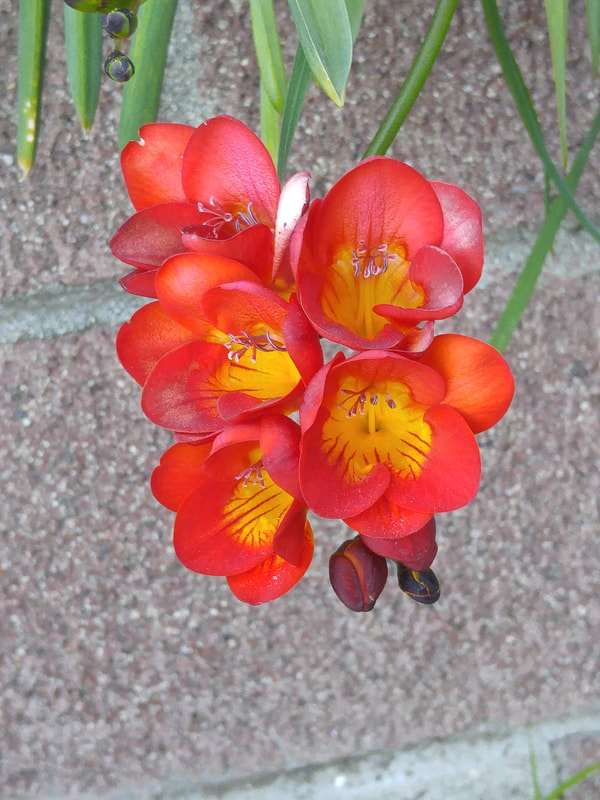
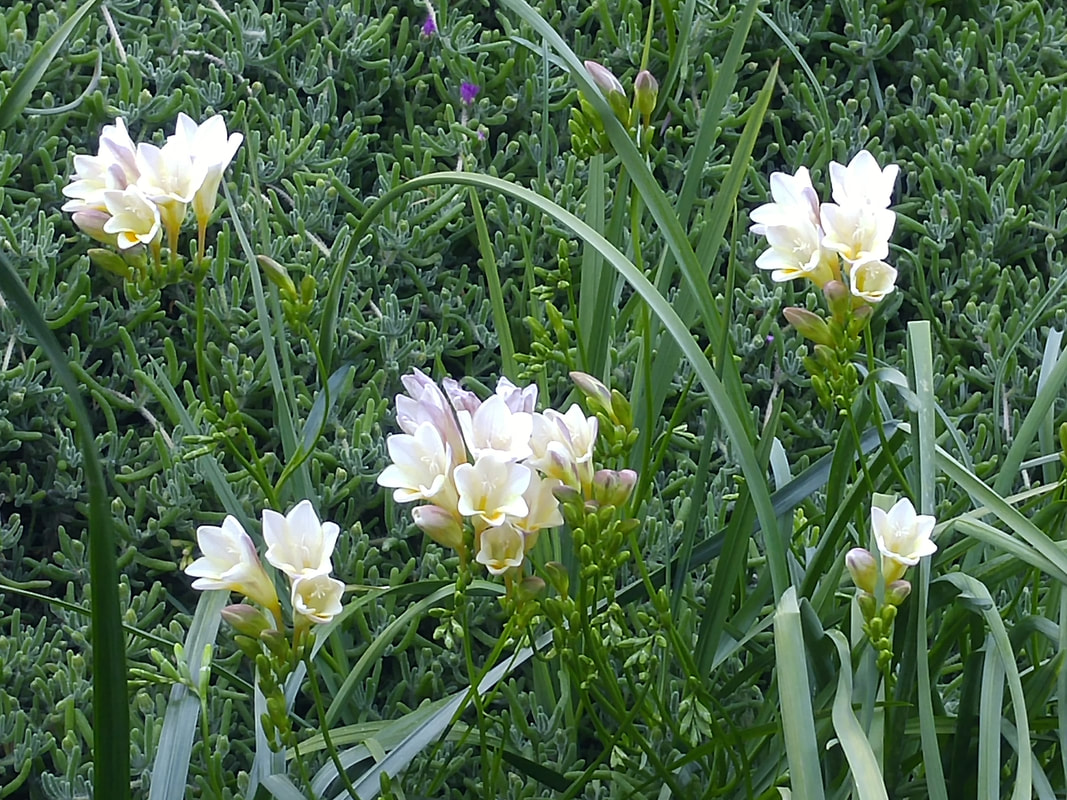
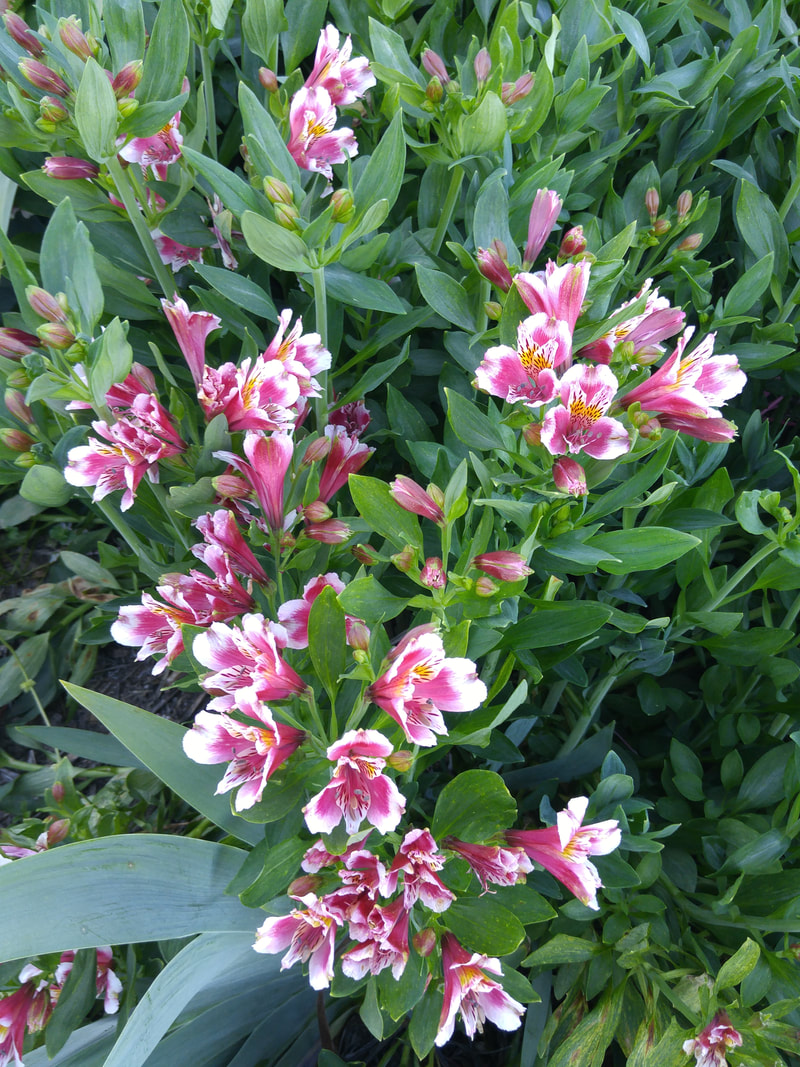
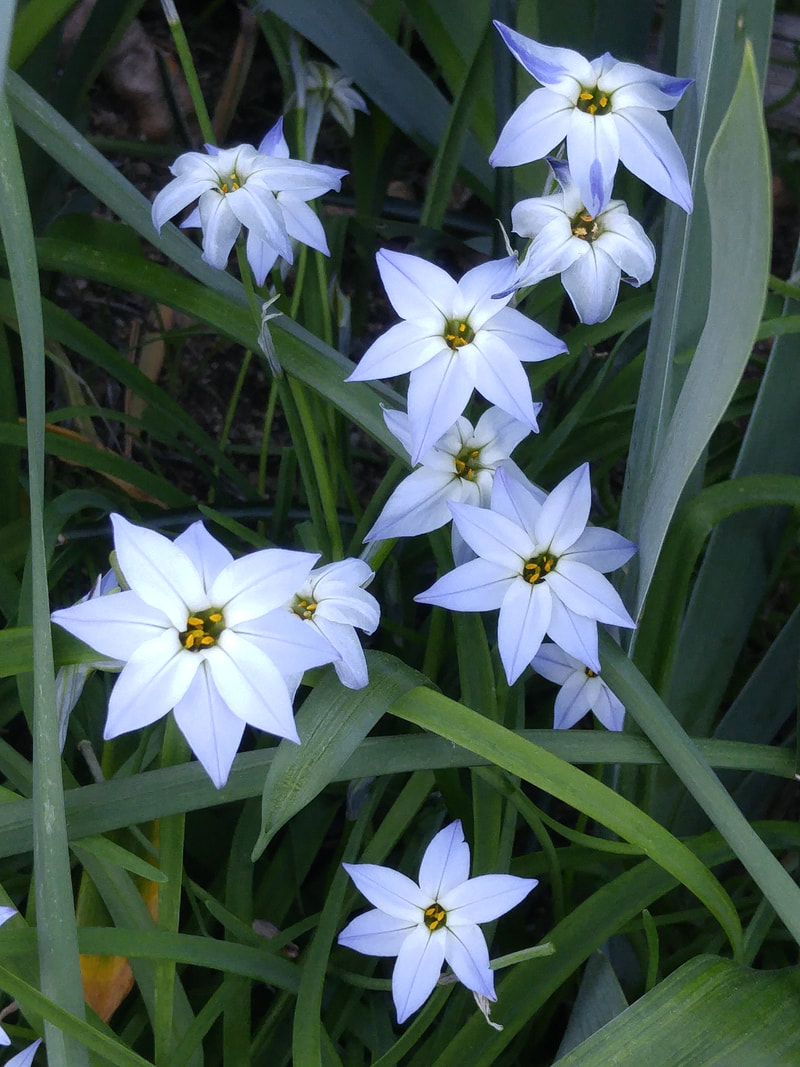
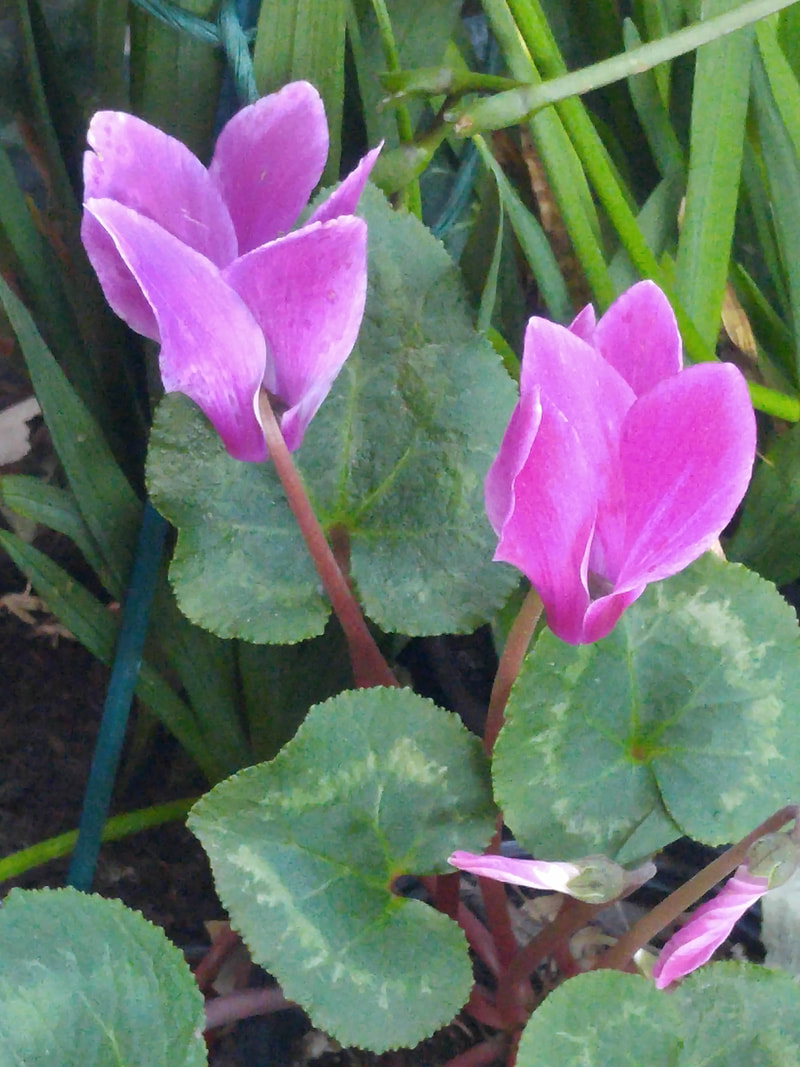
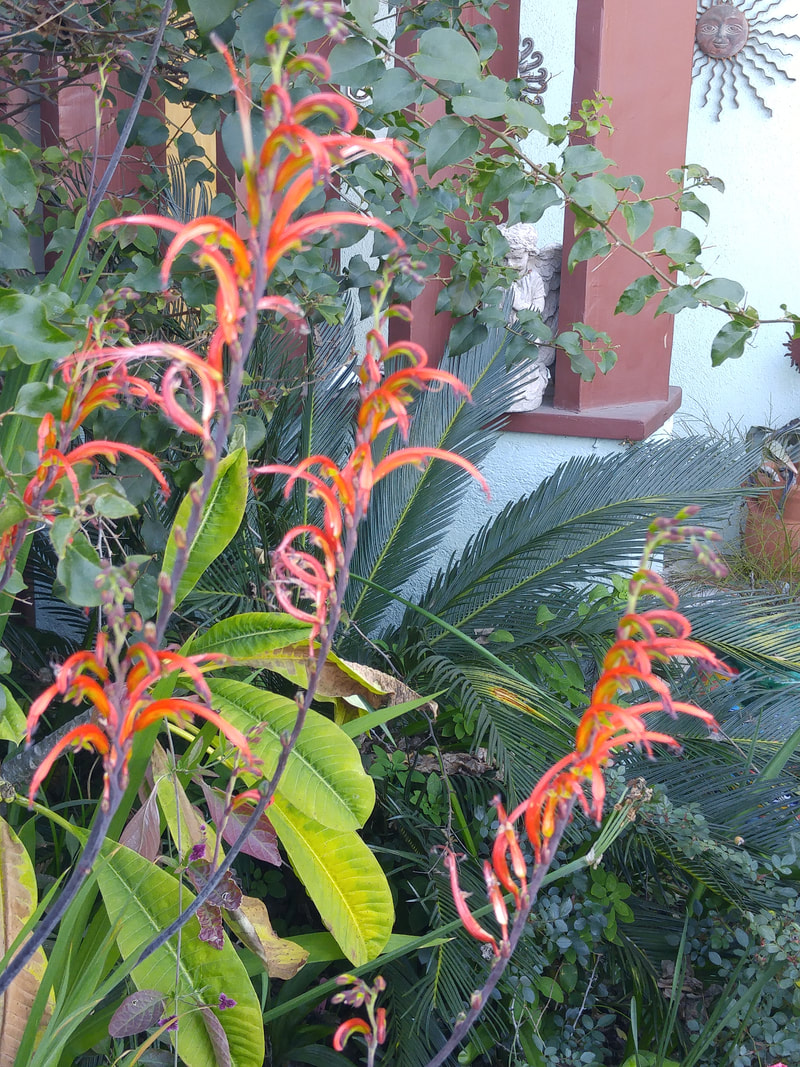
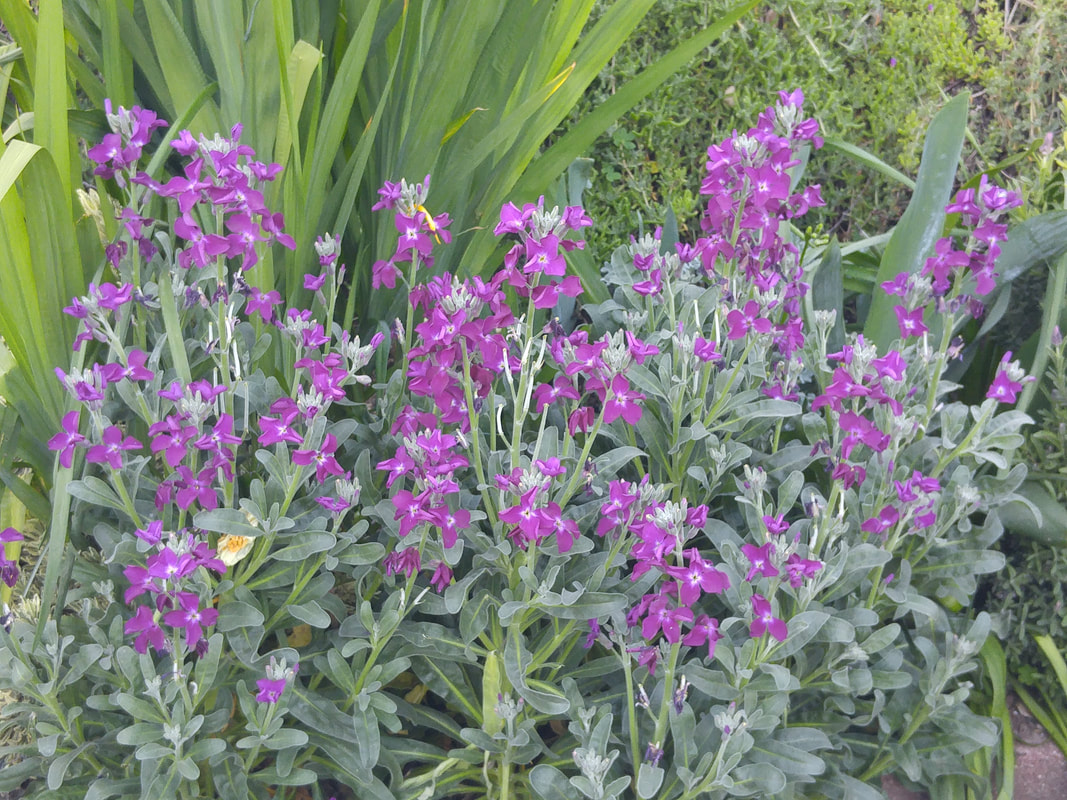
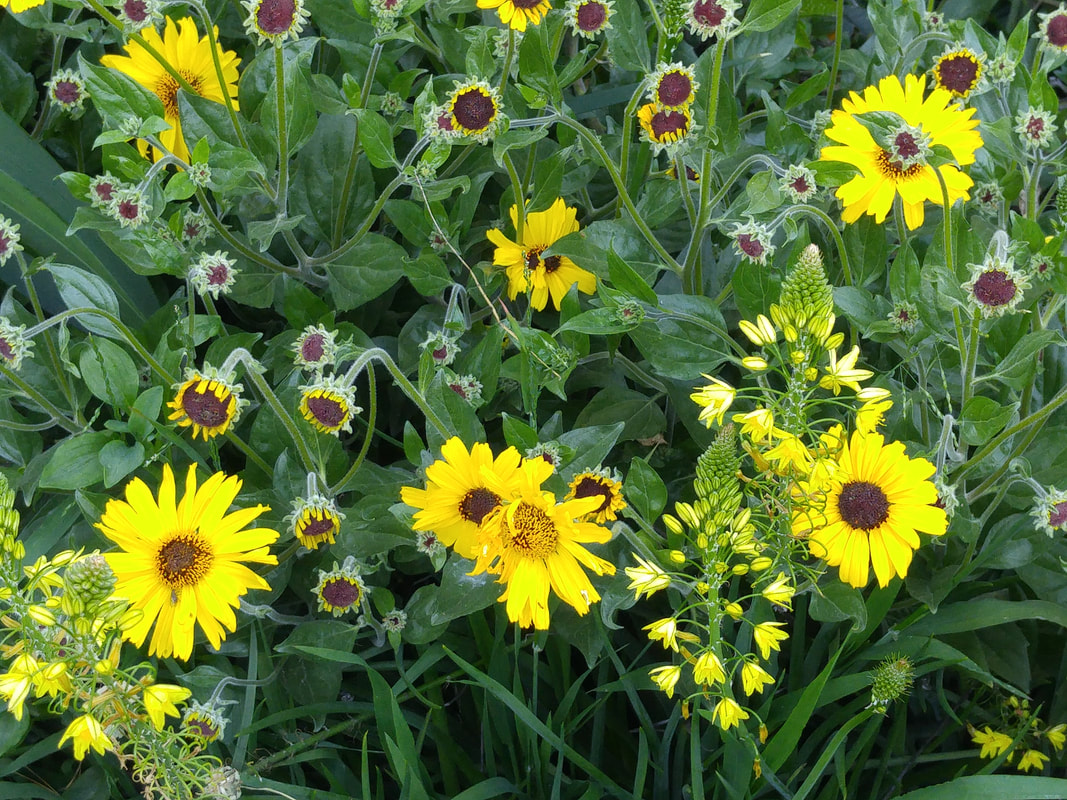
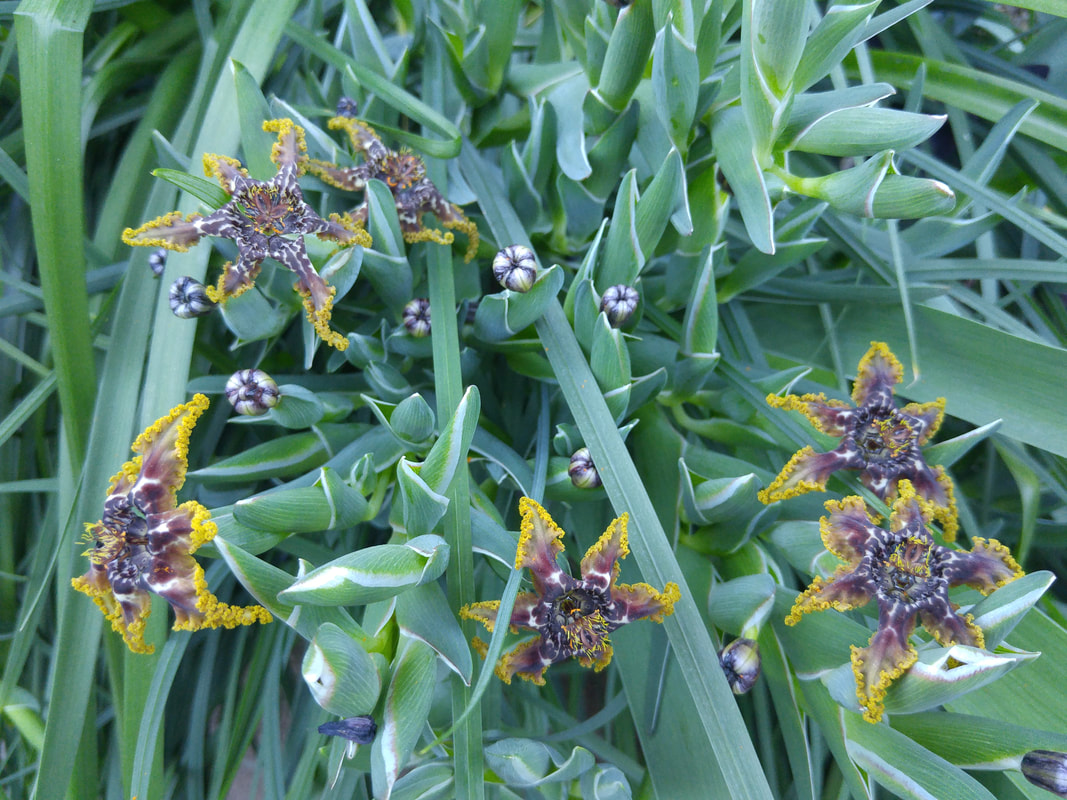
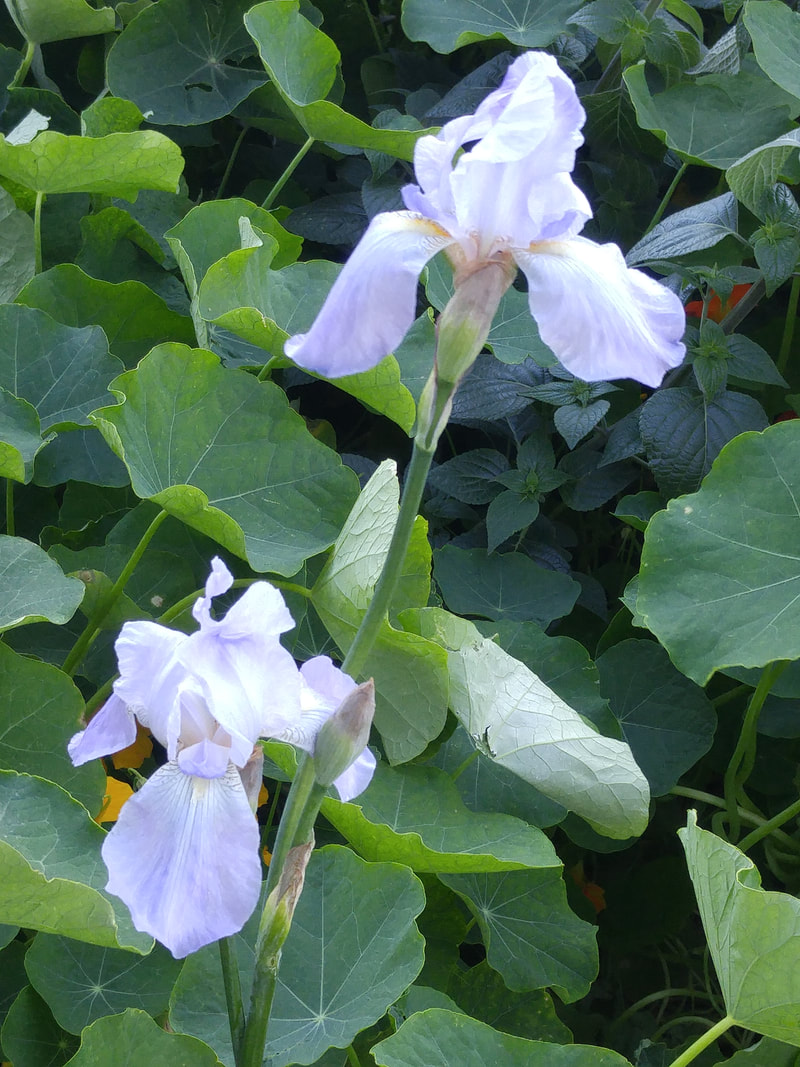
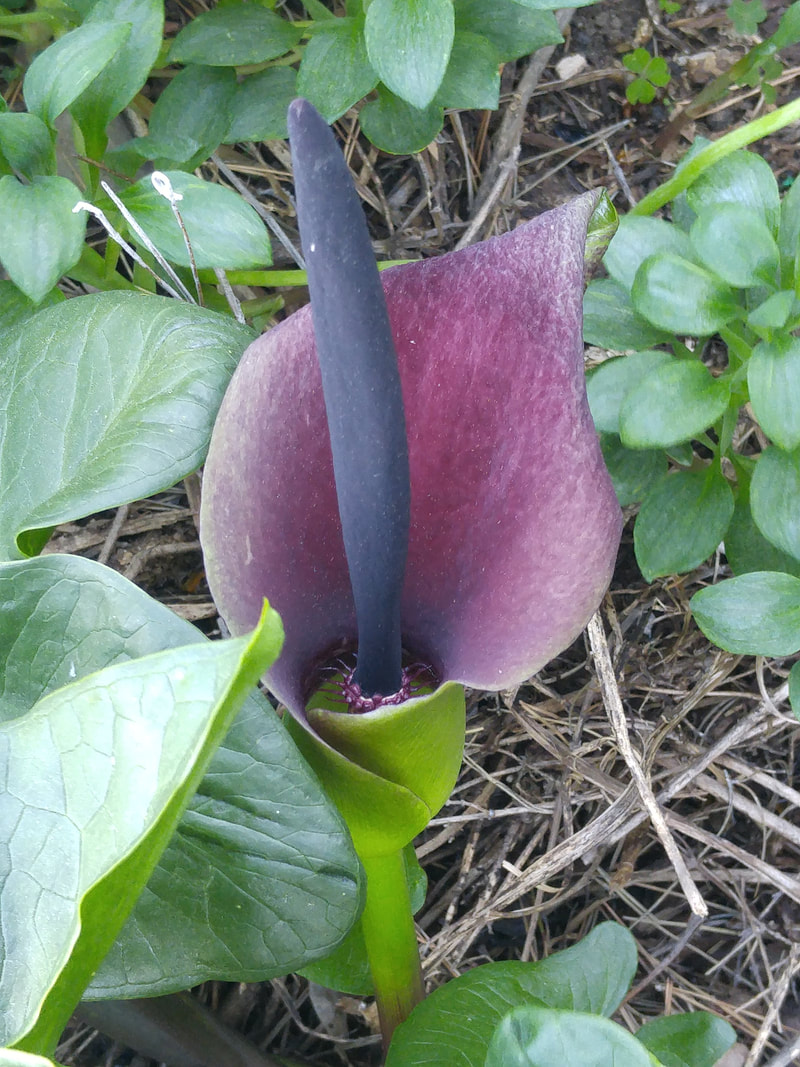
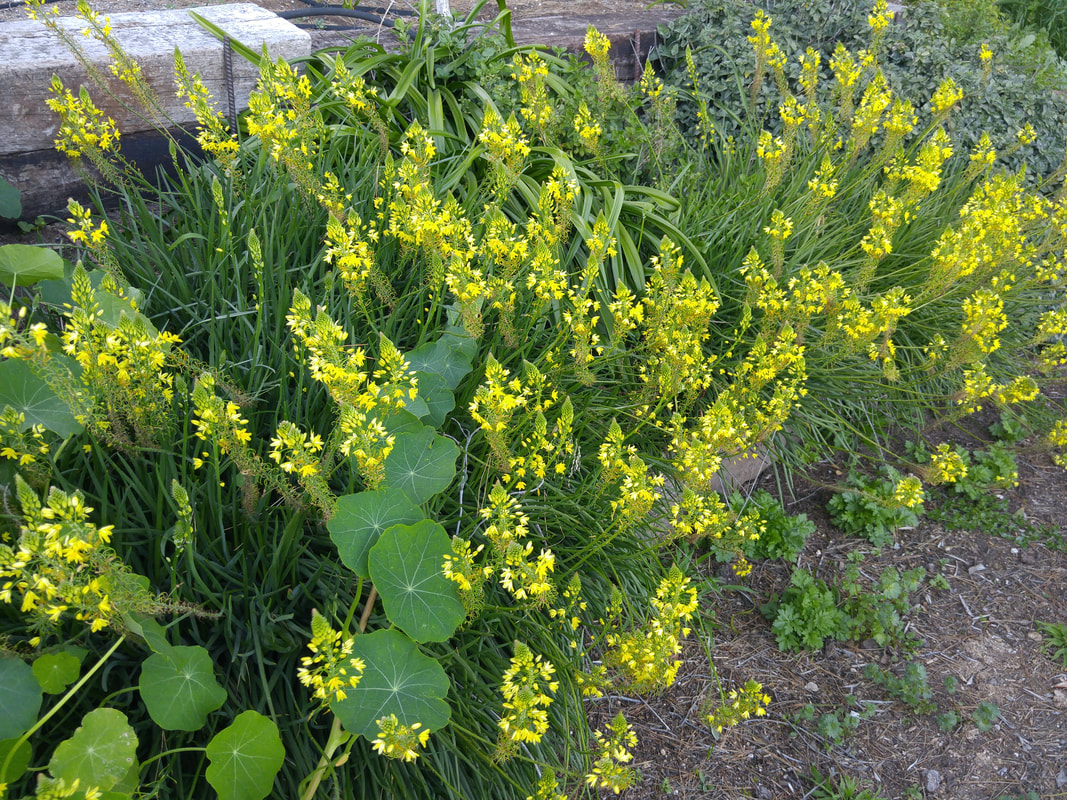
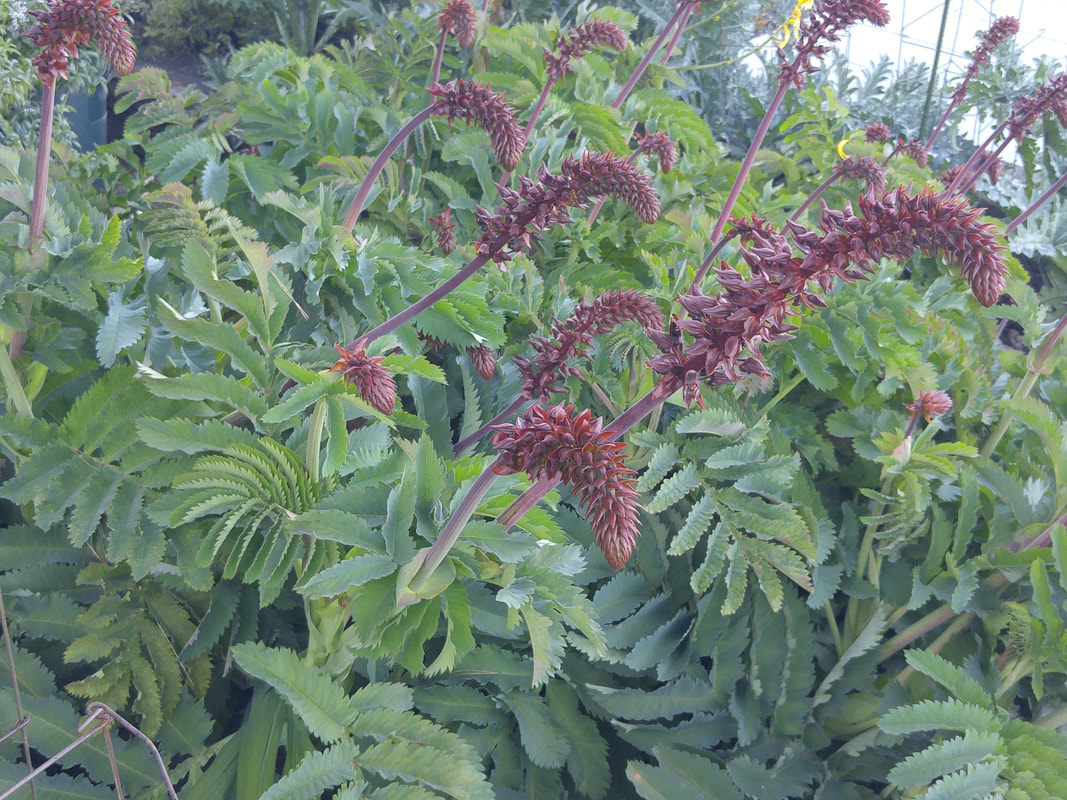
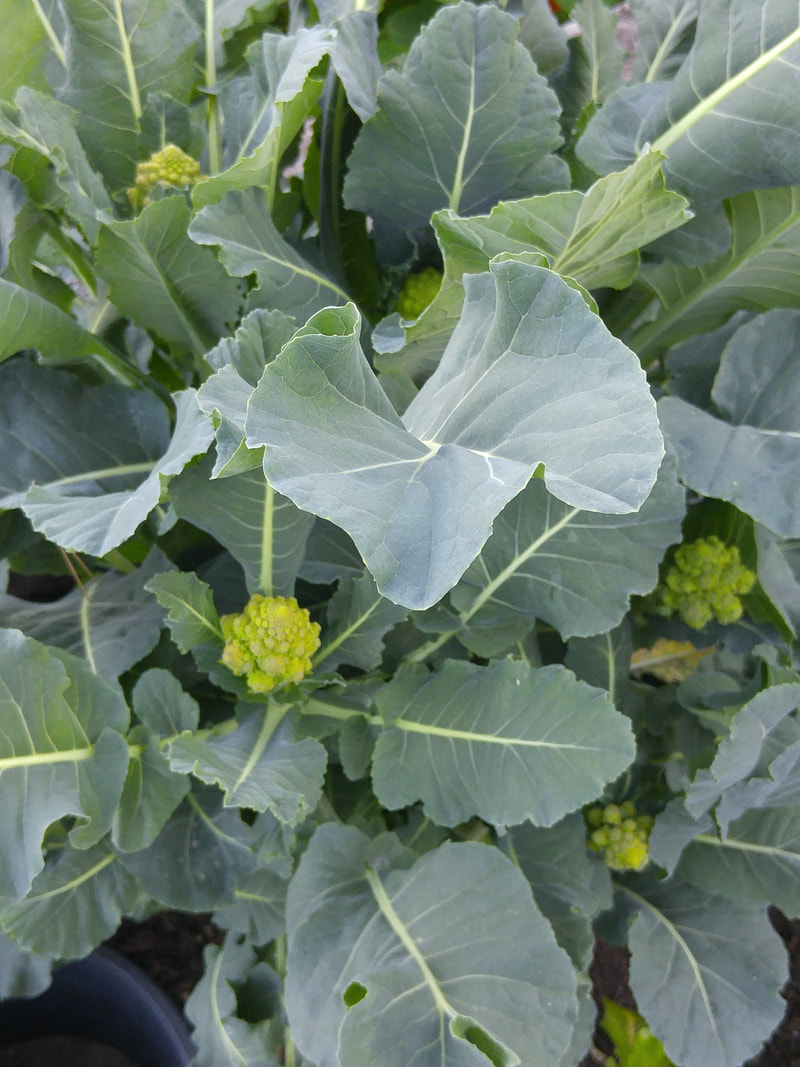
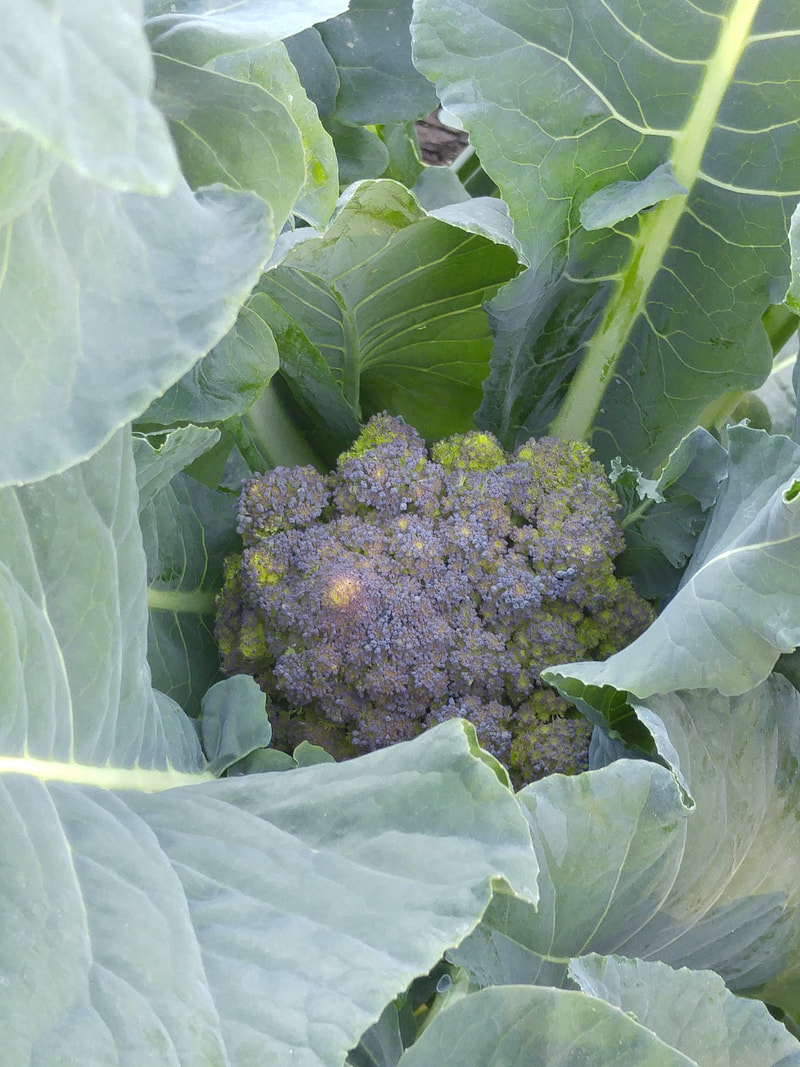
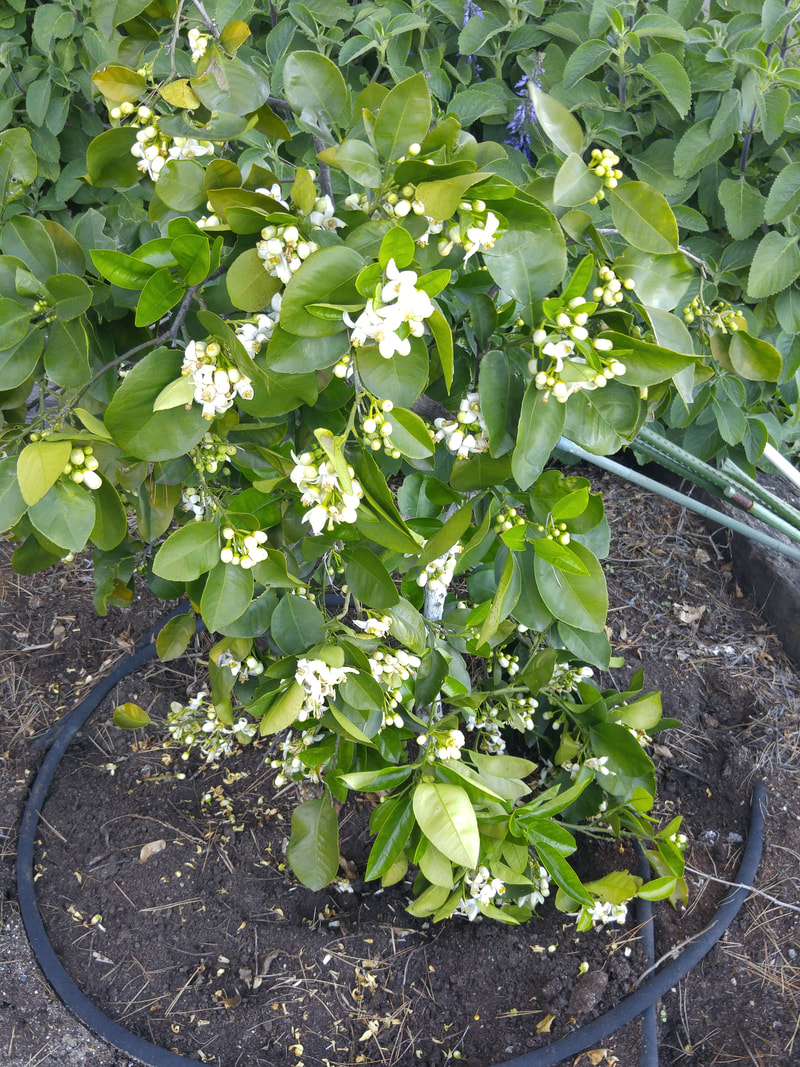
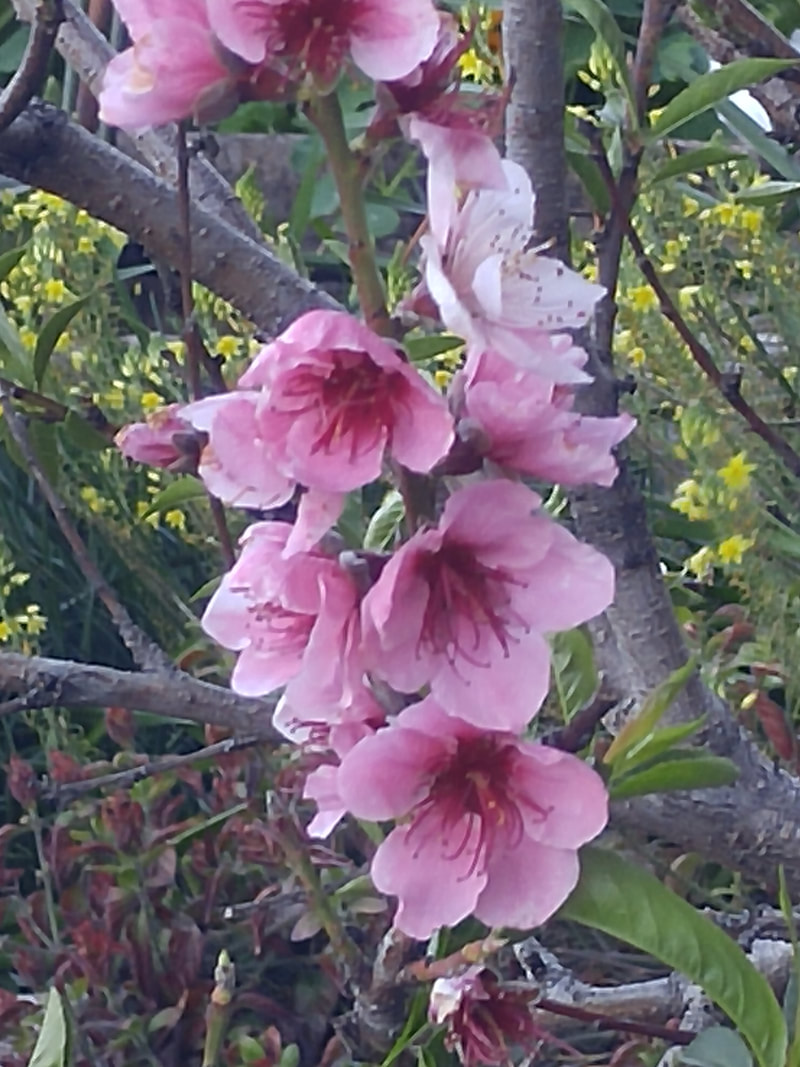
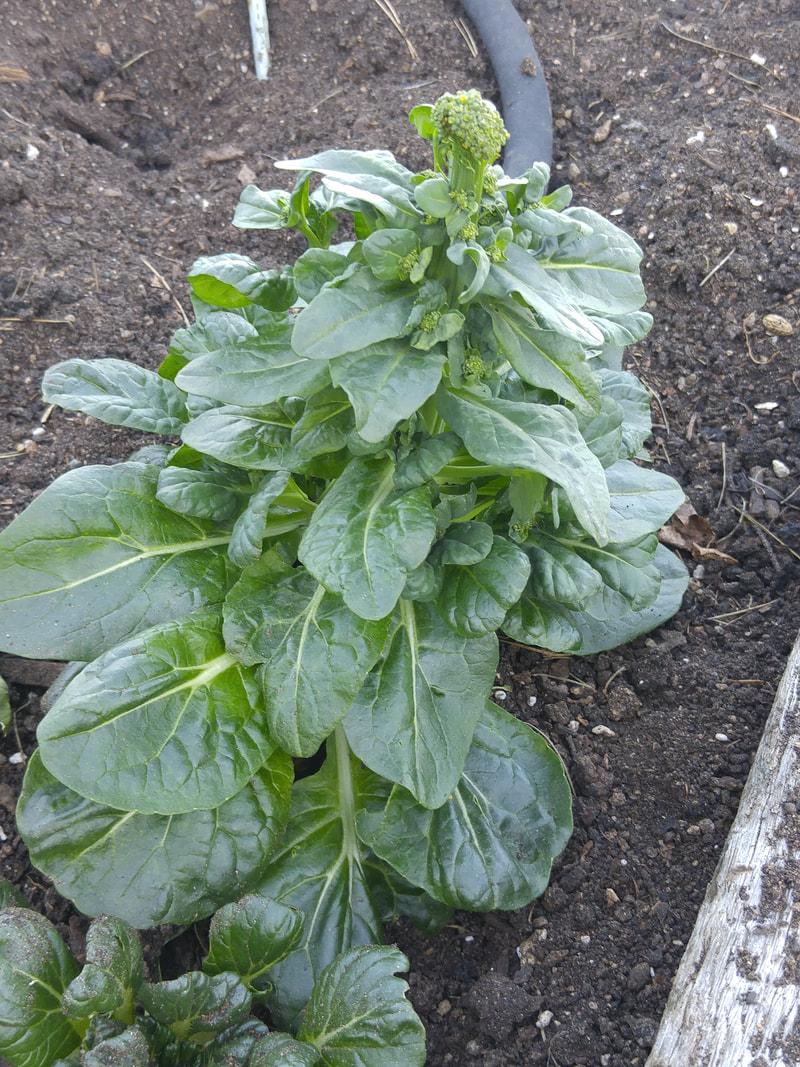
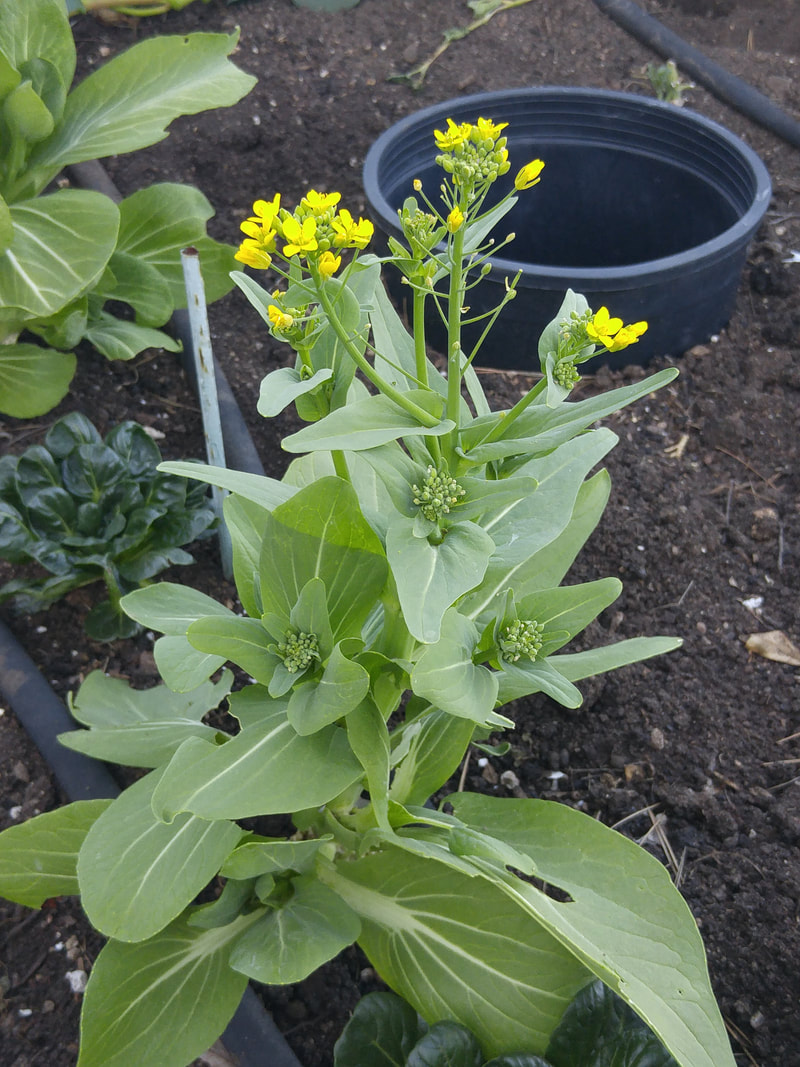
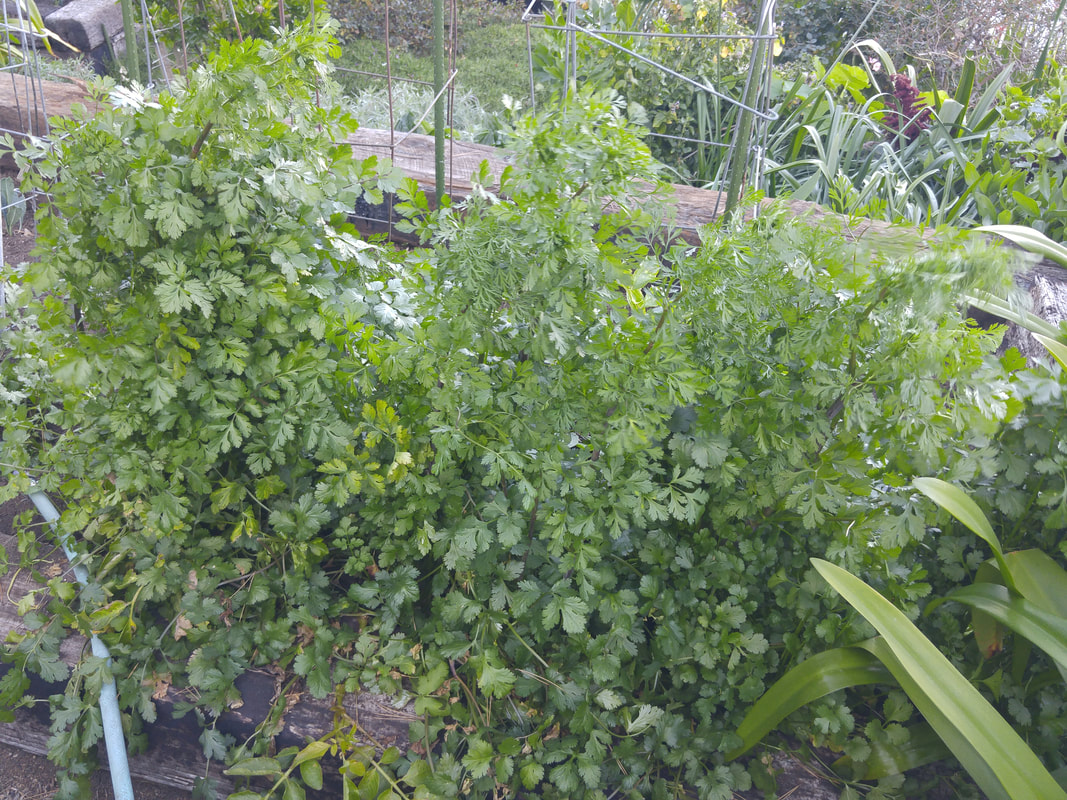
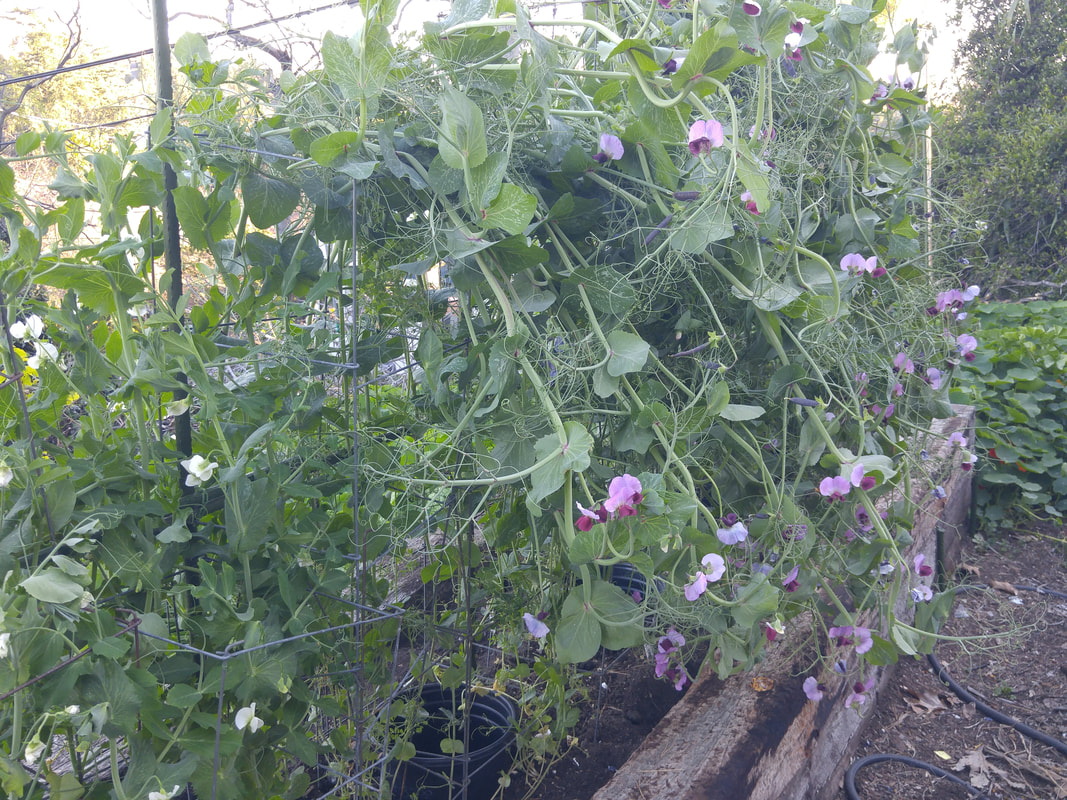
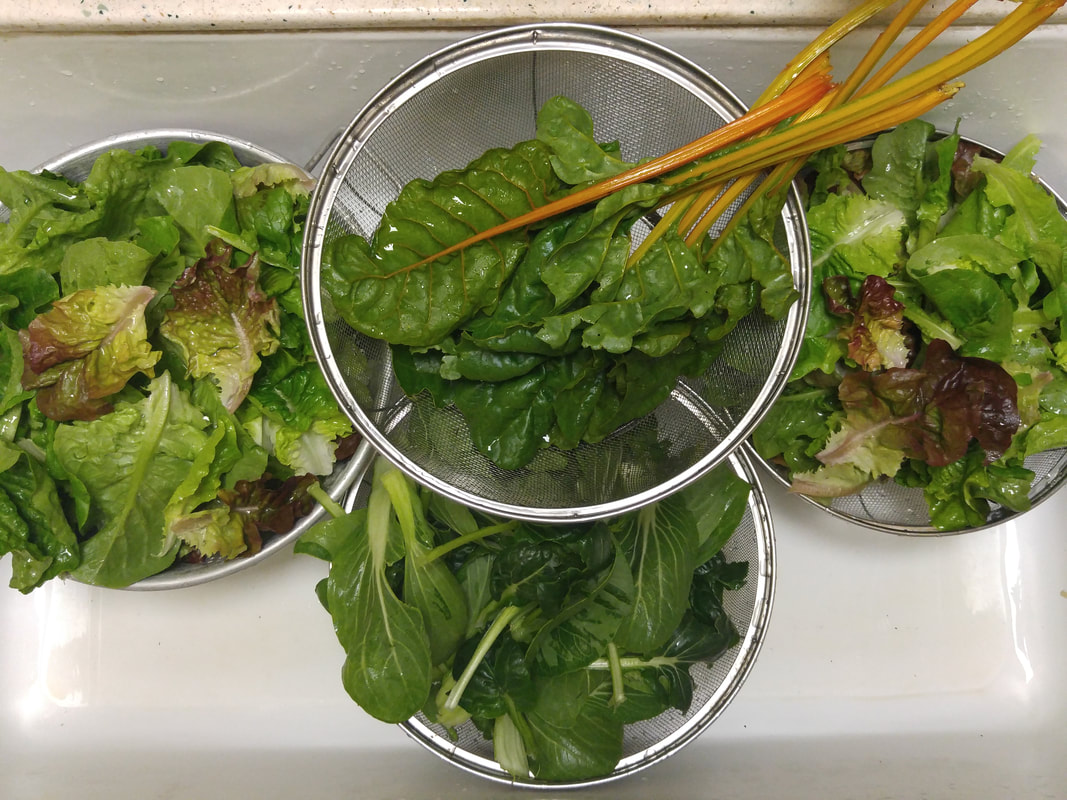
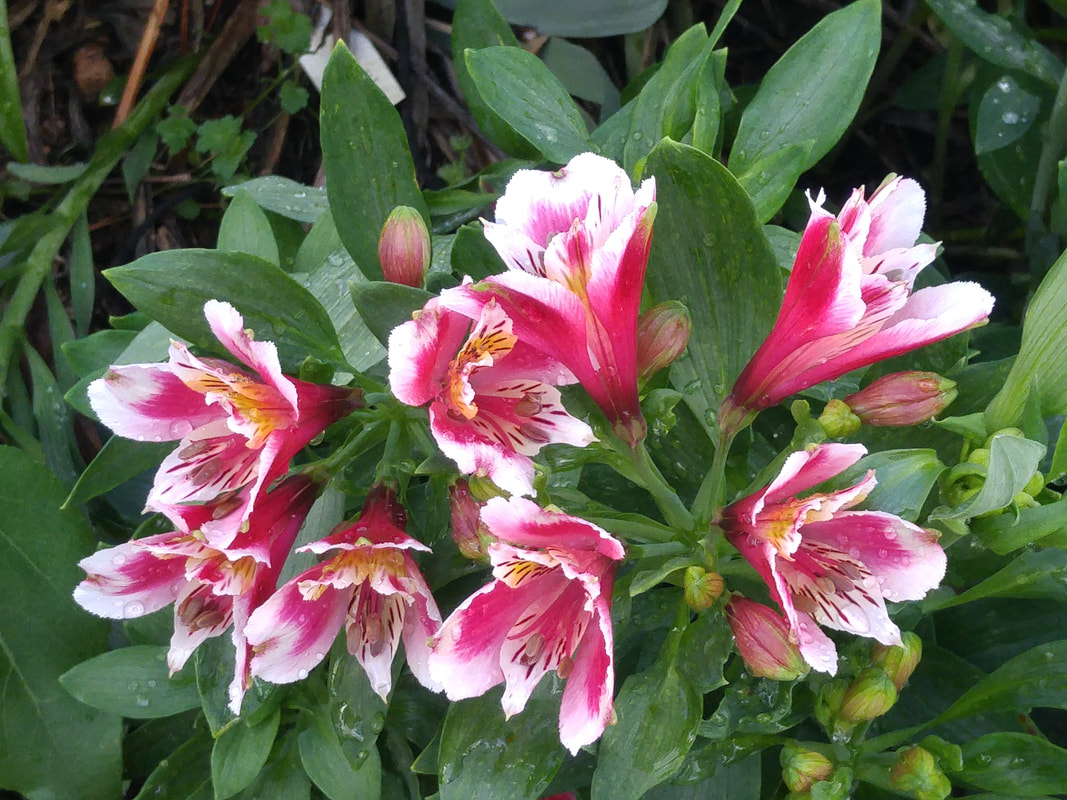
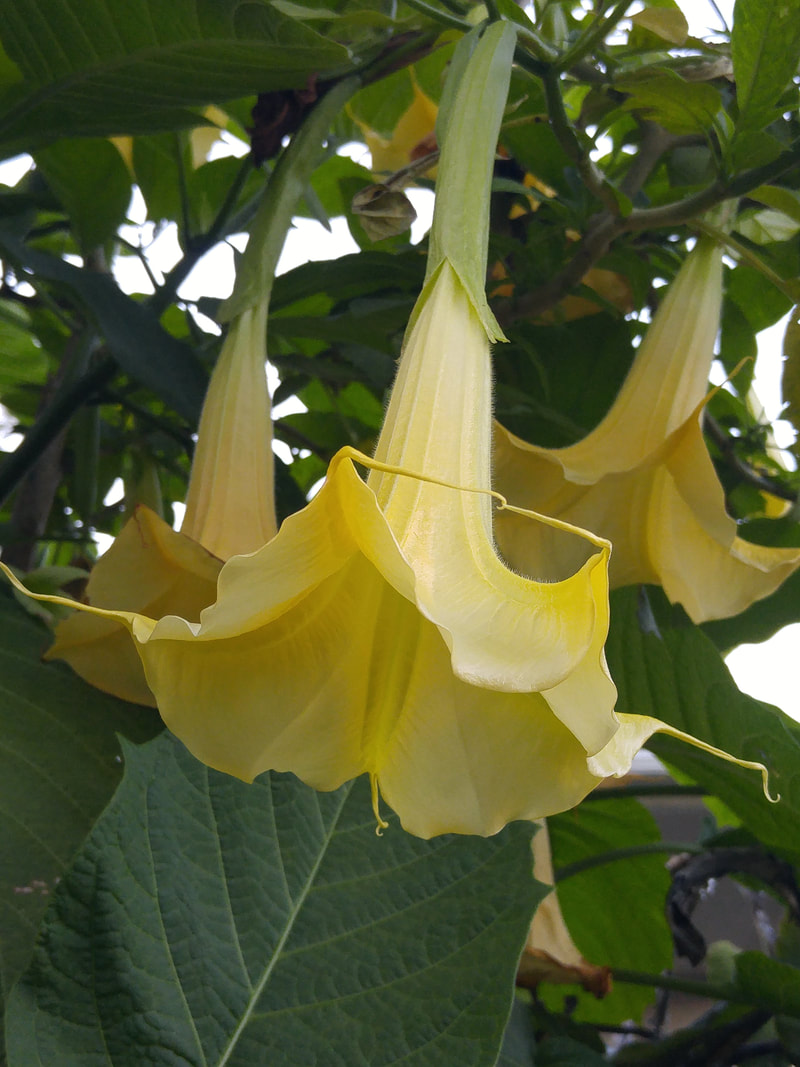
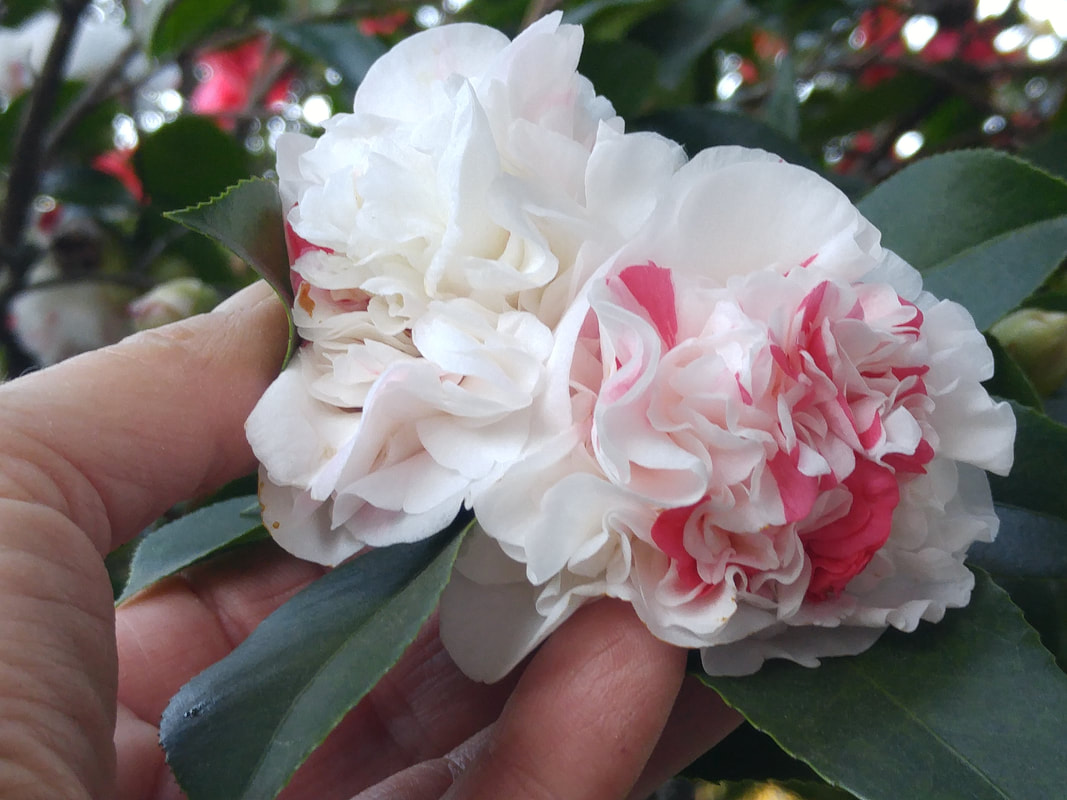
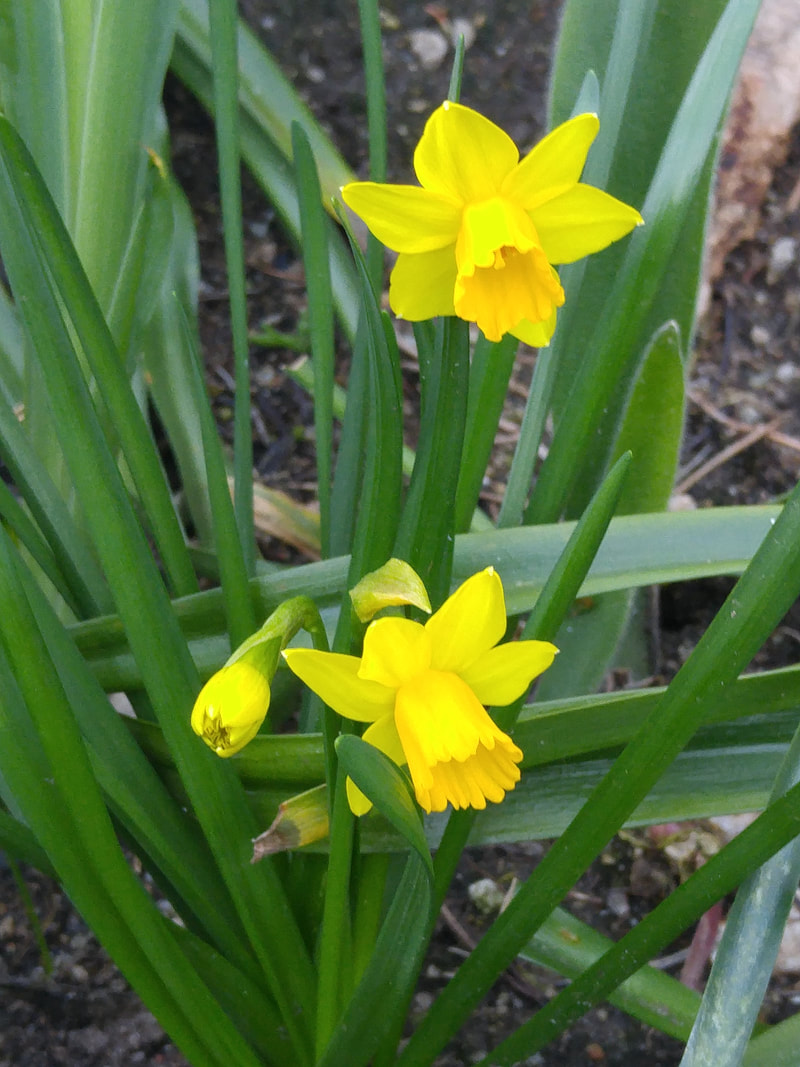
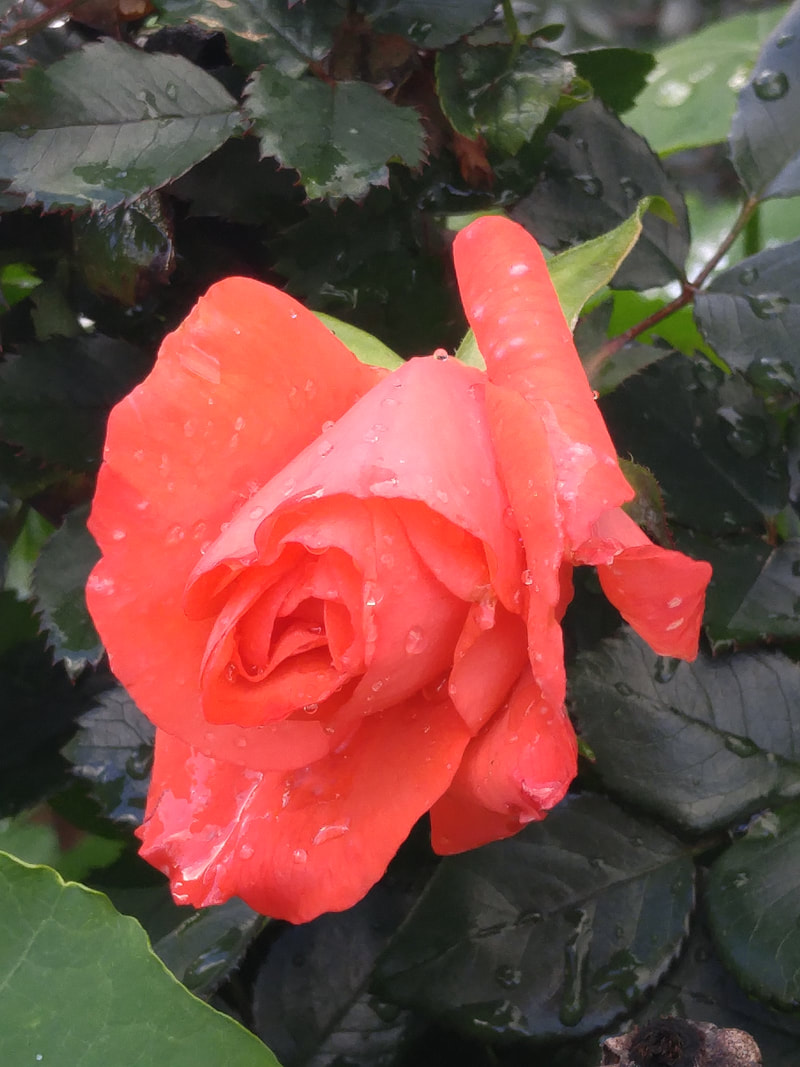
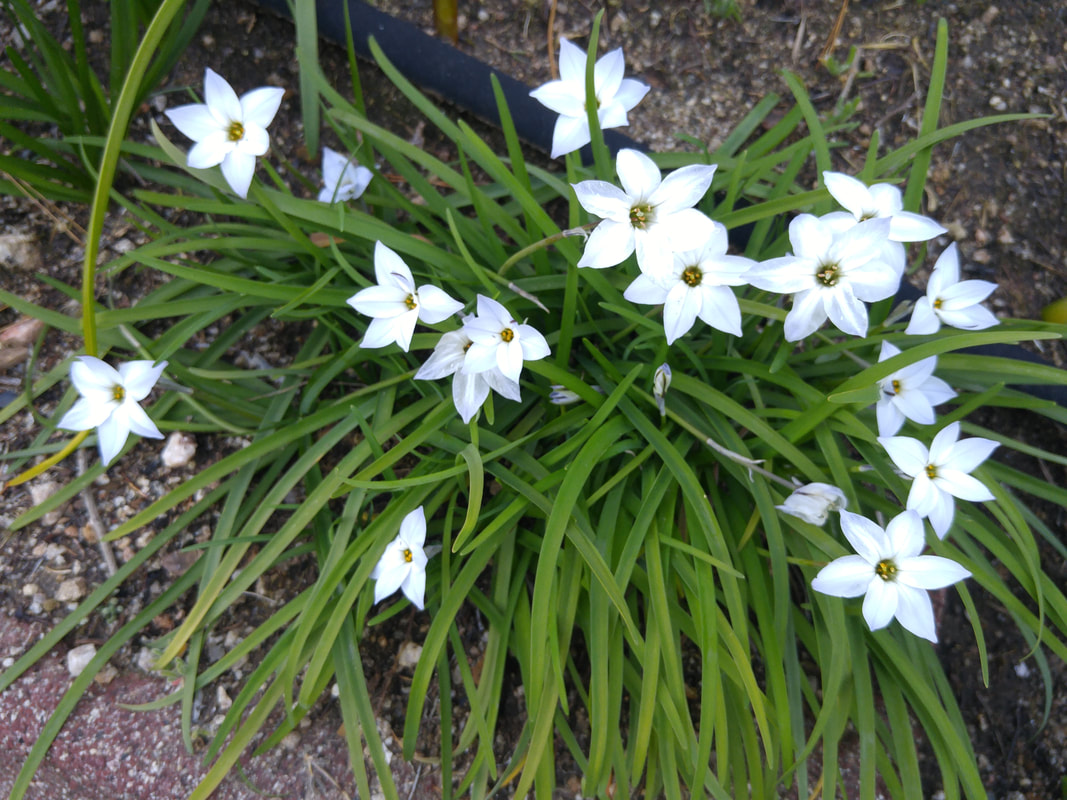
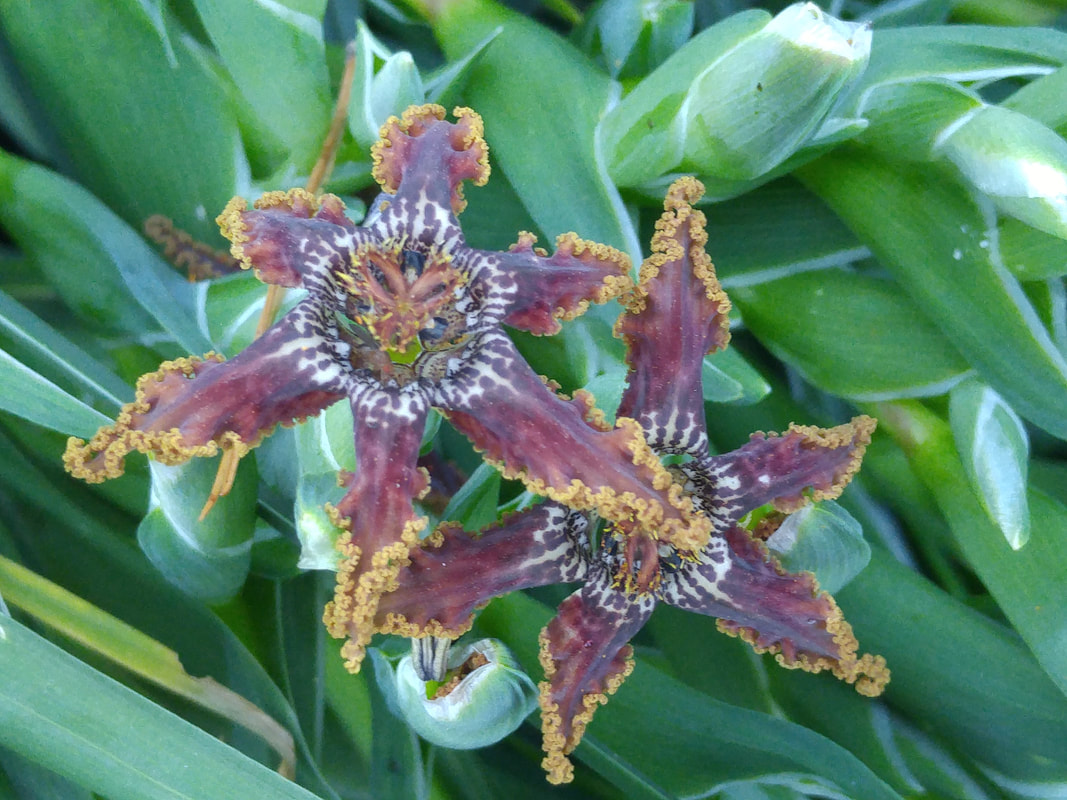

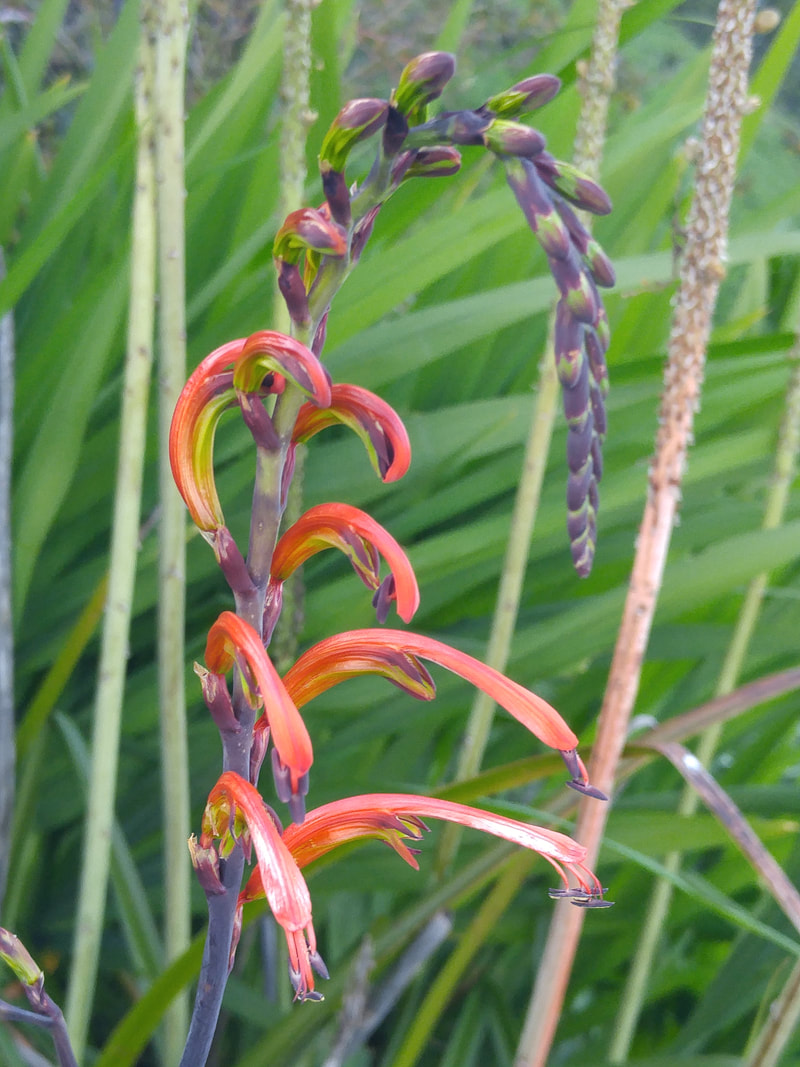
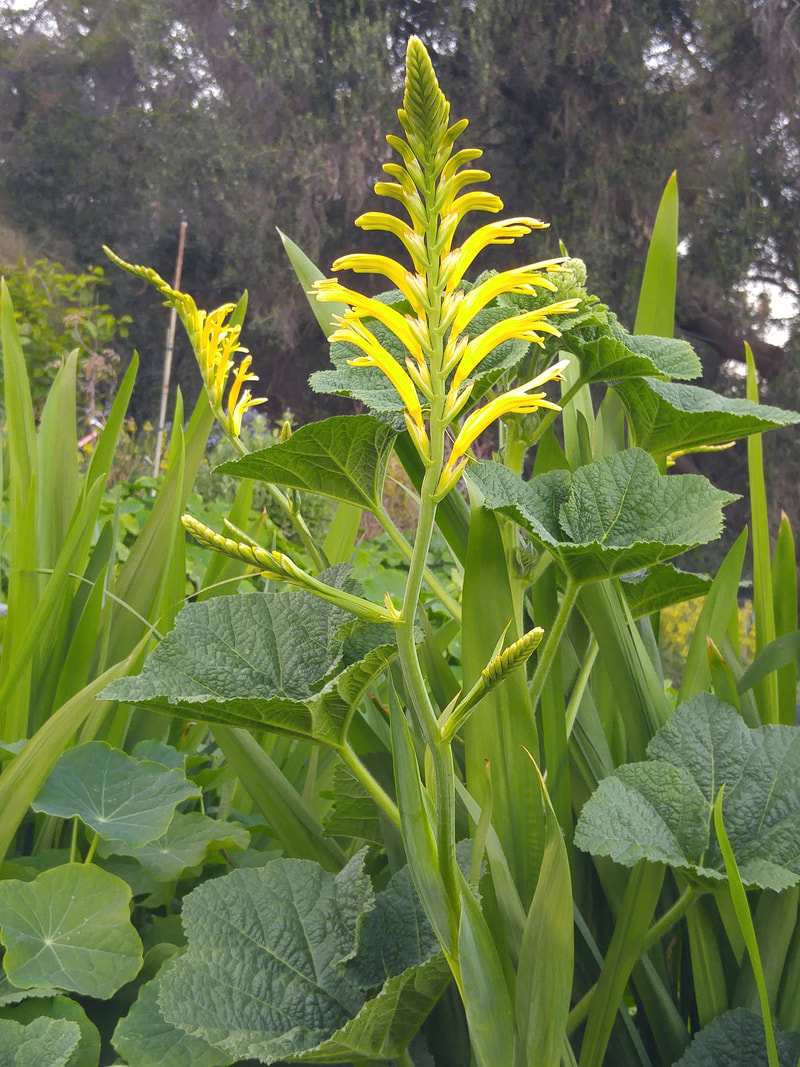
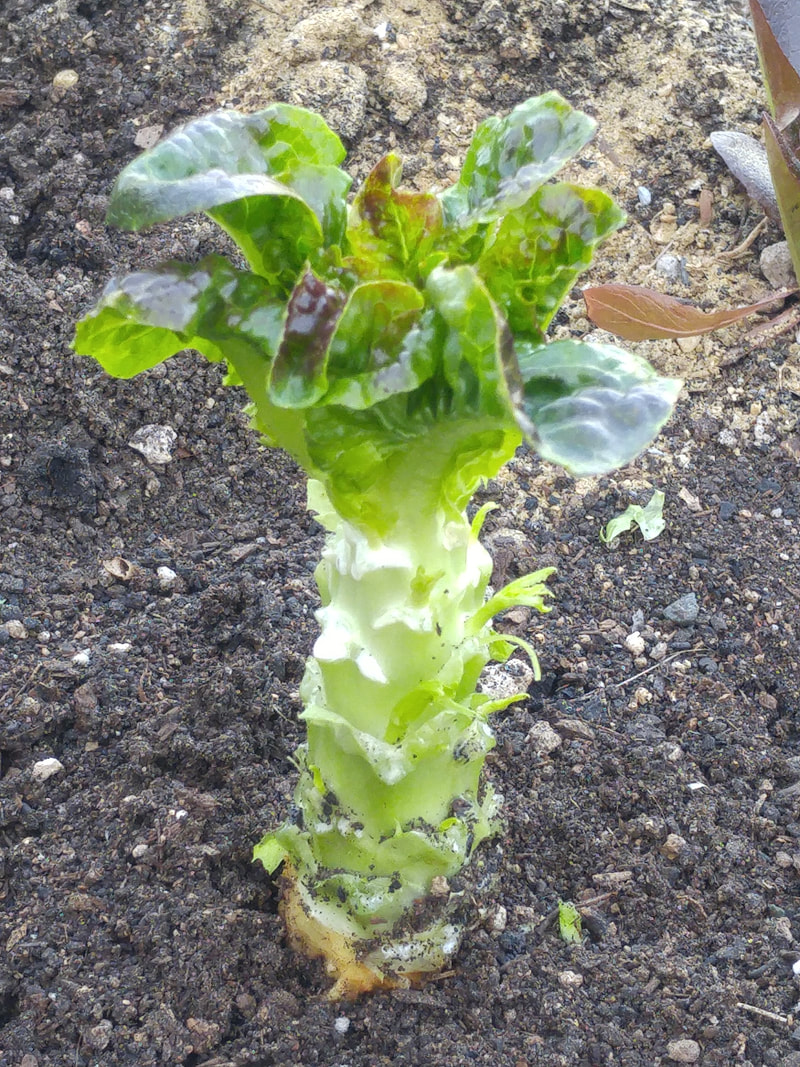
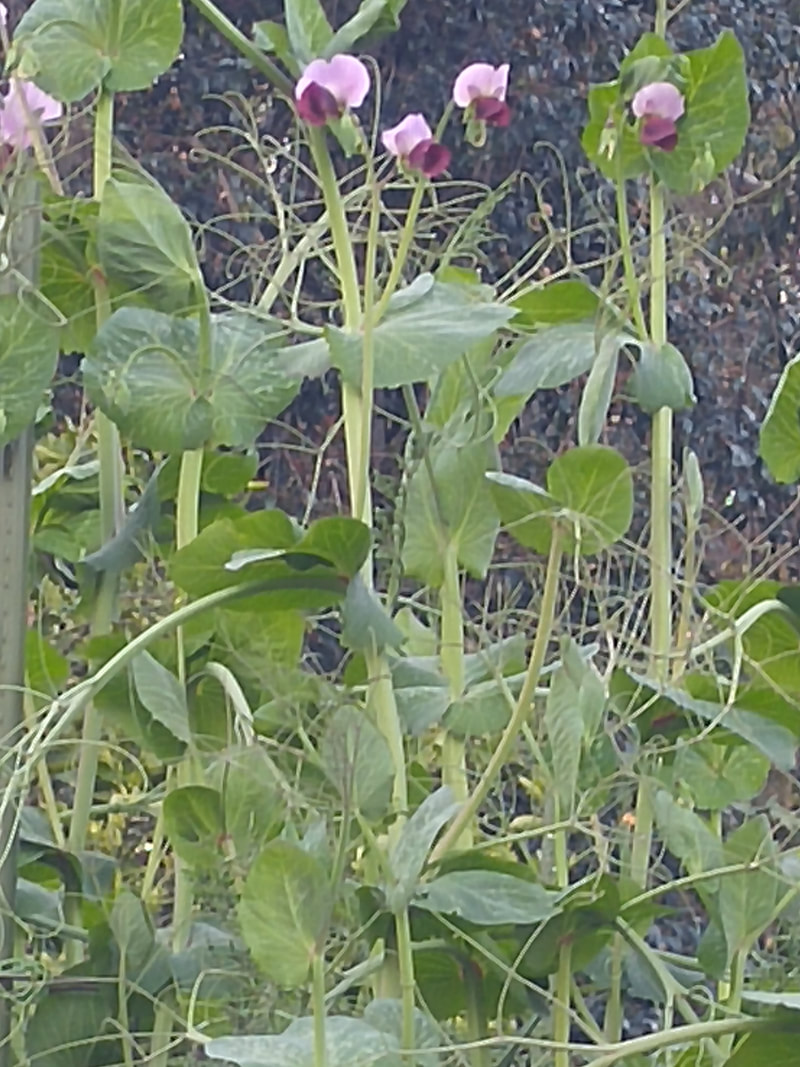
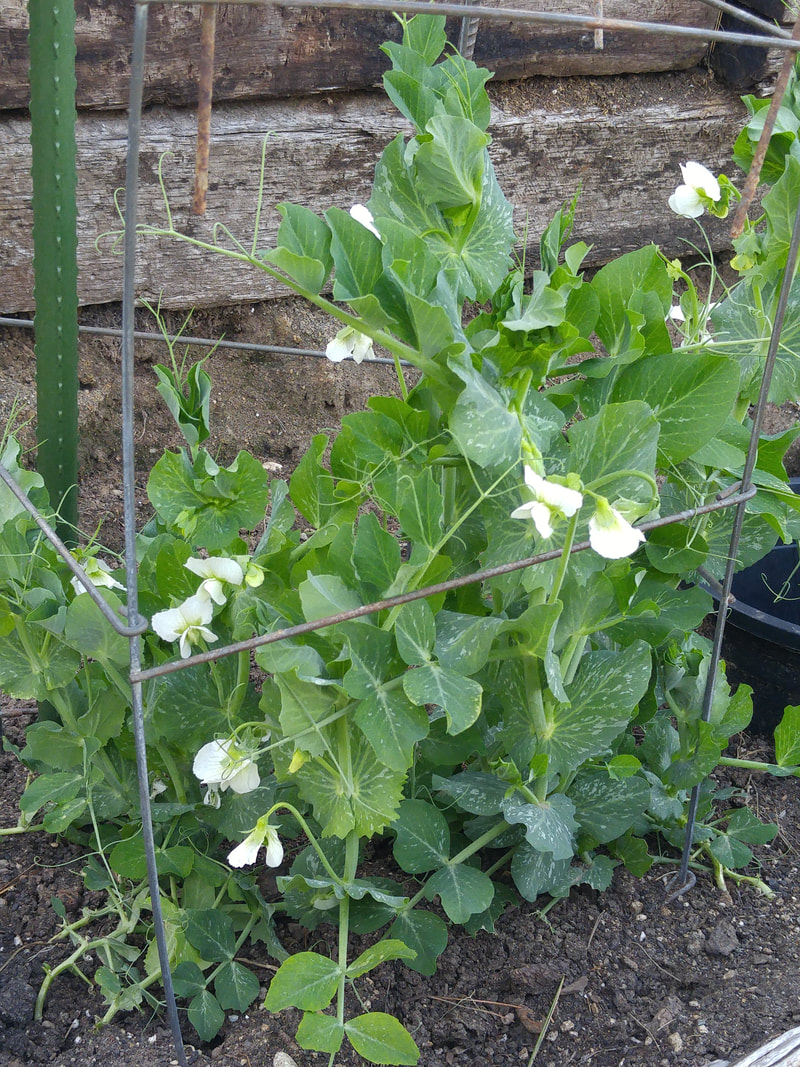
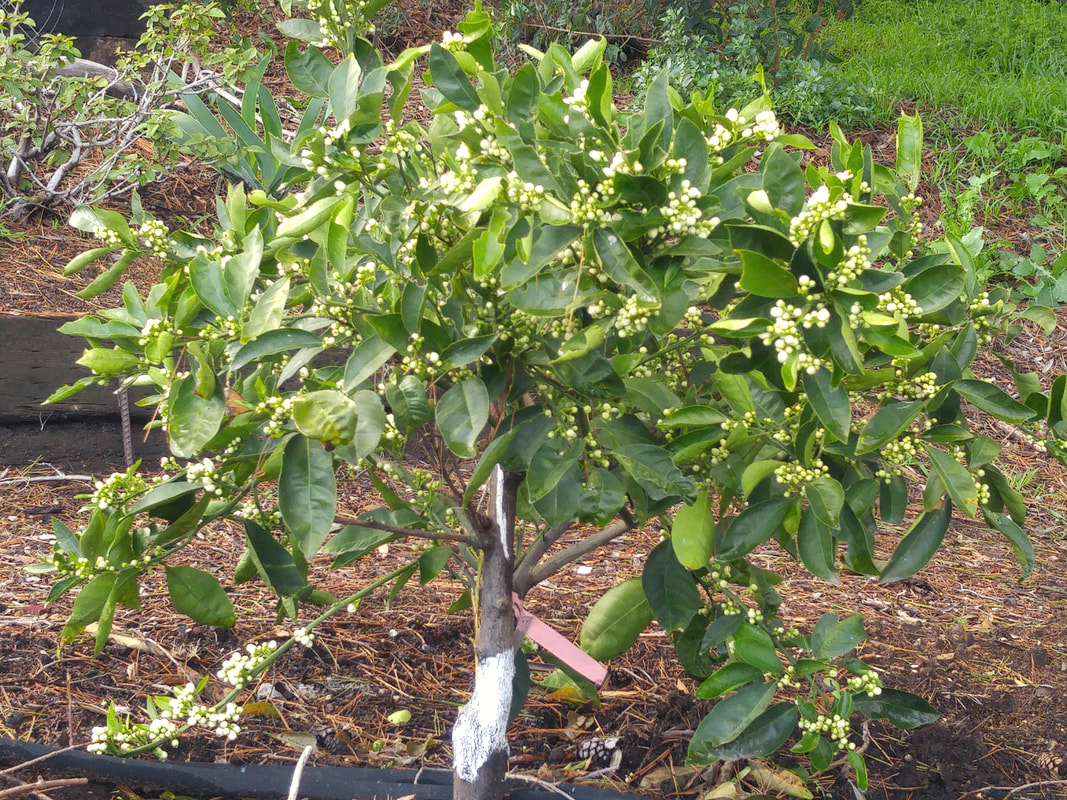
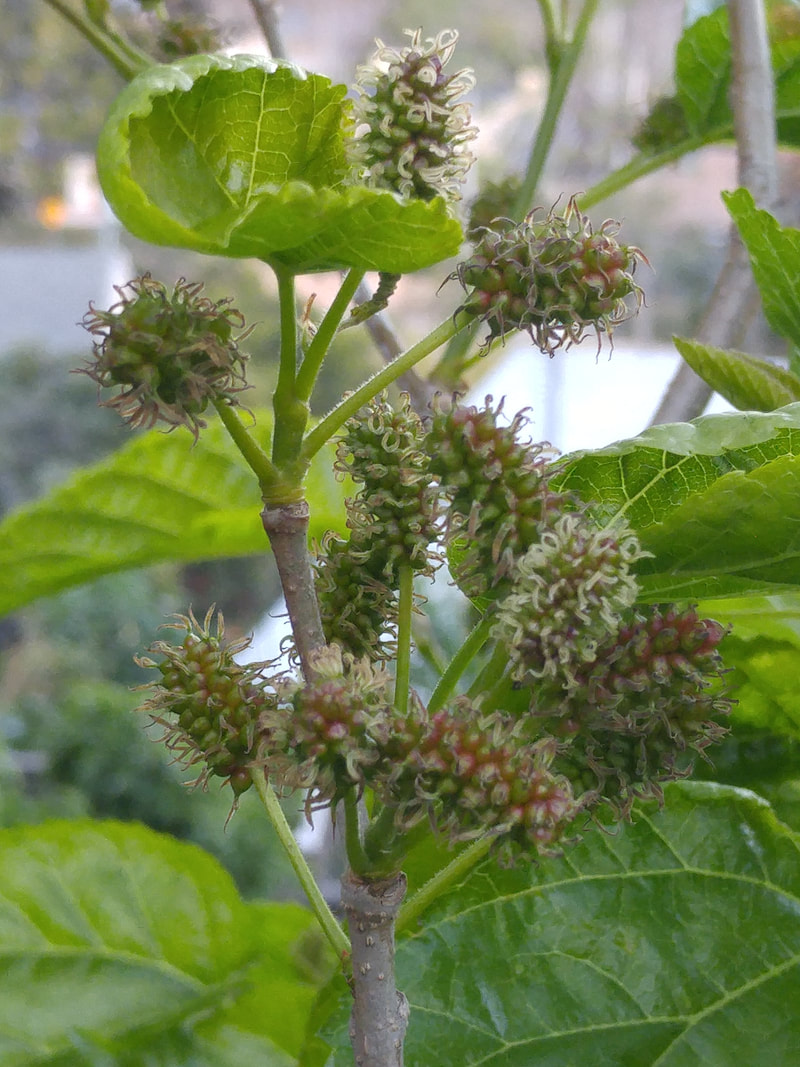
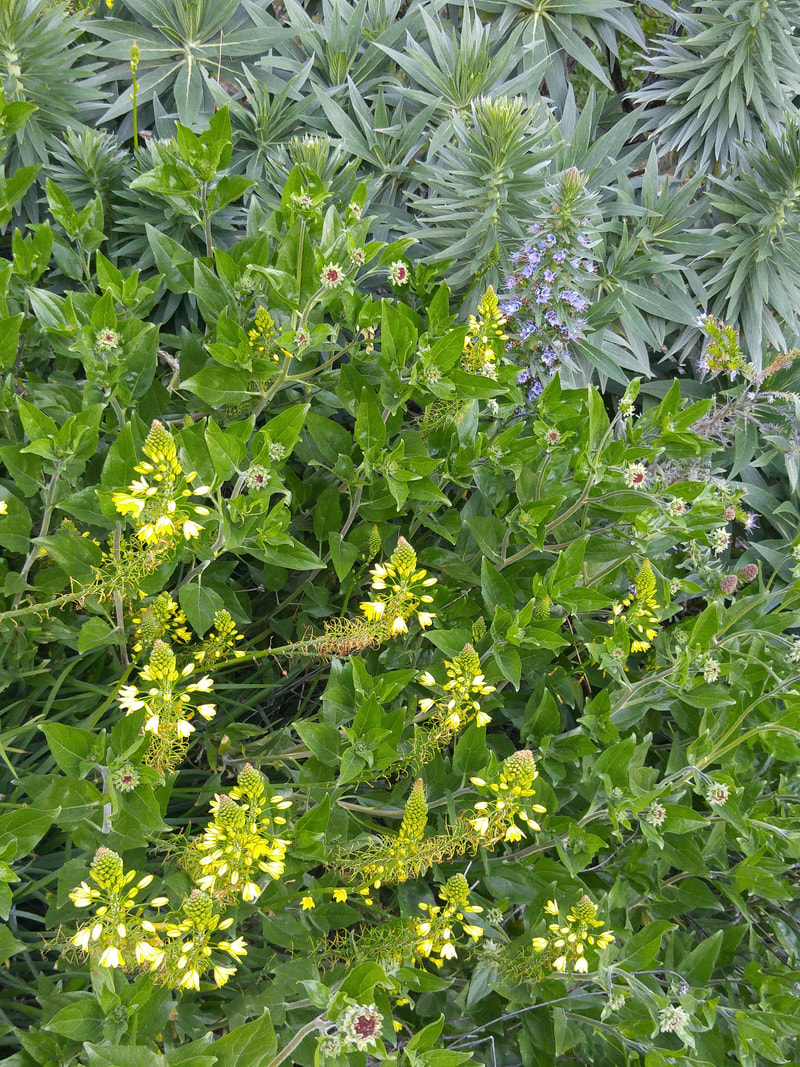
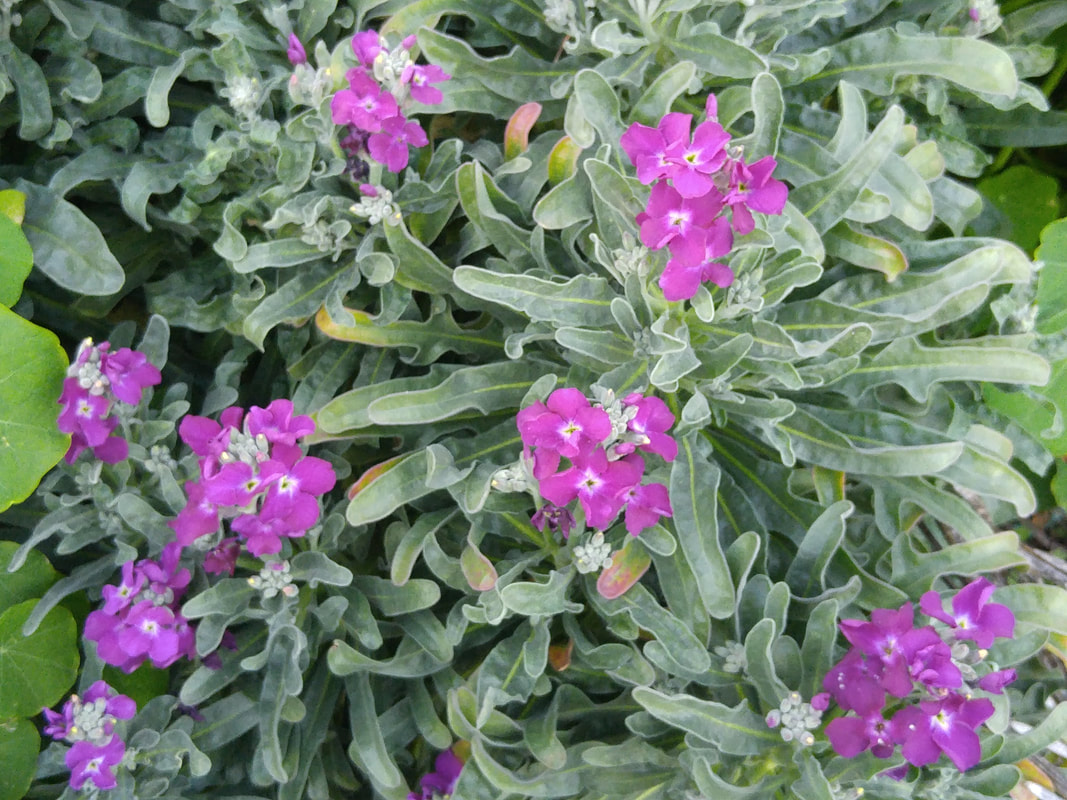
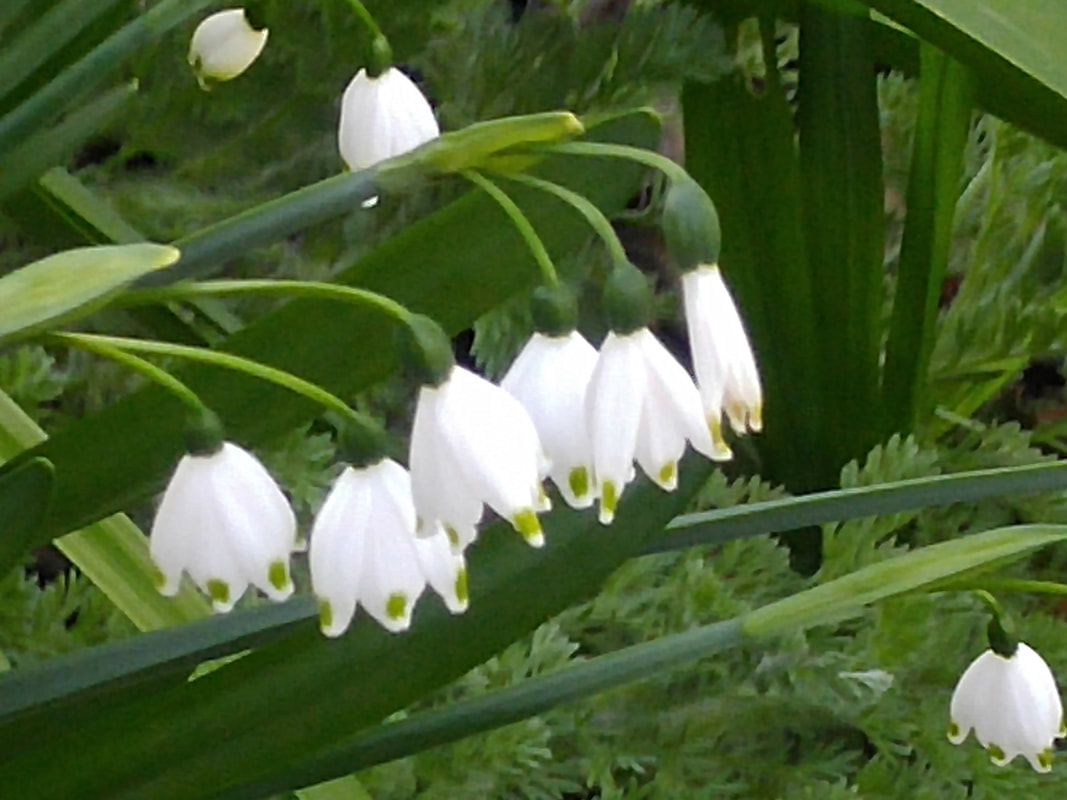
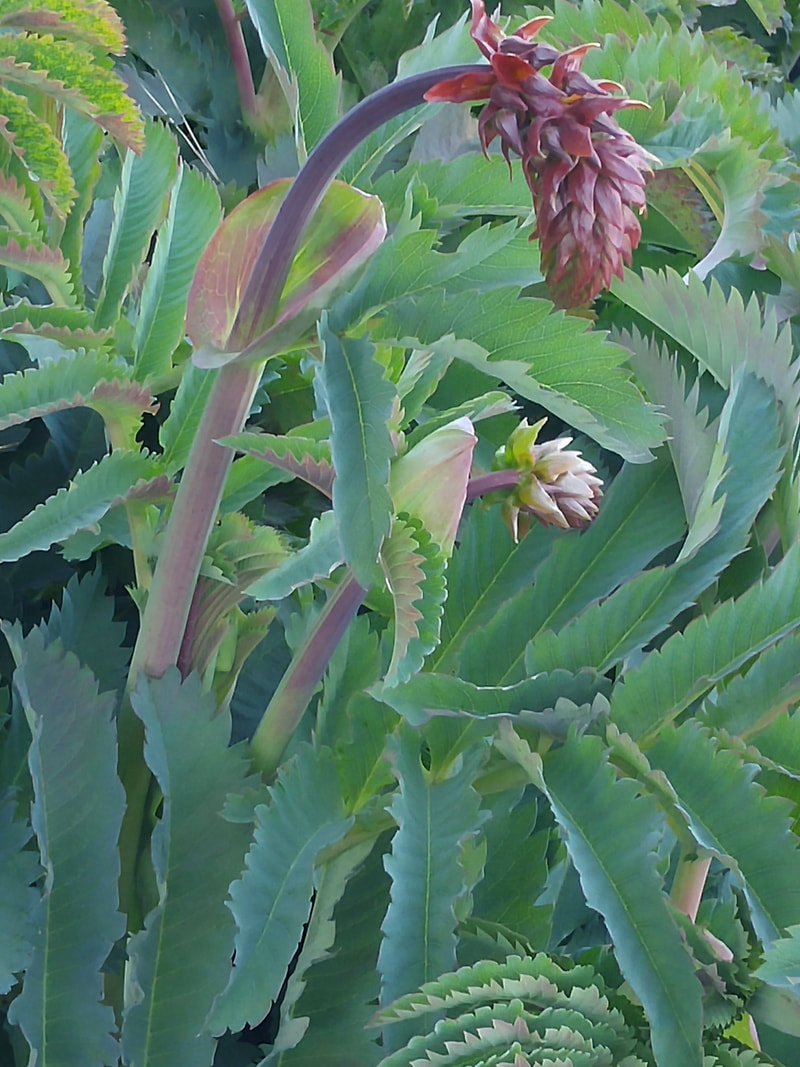
 RSS Feed
RSS Feed